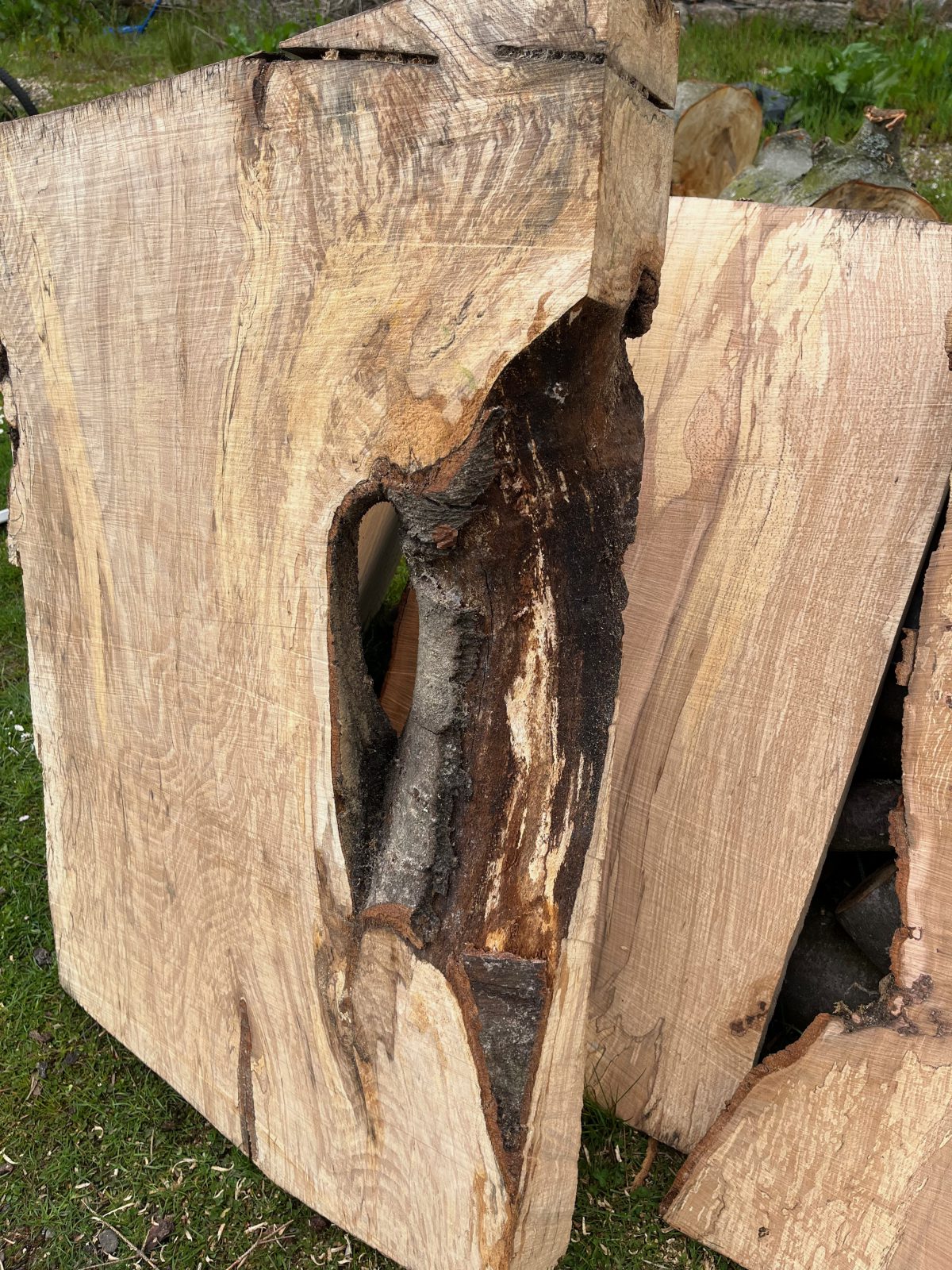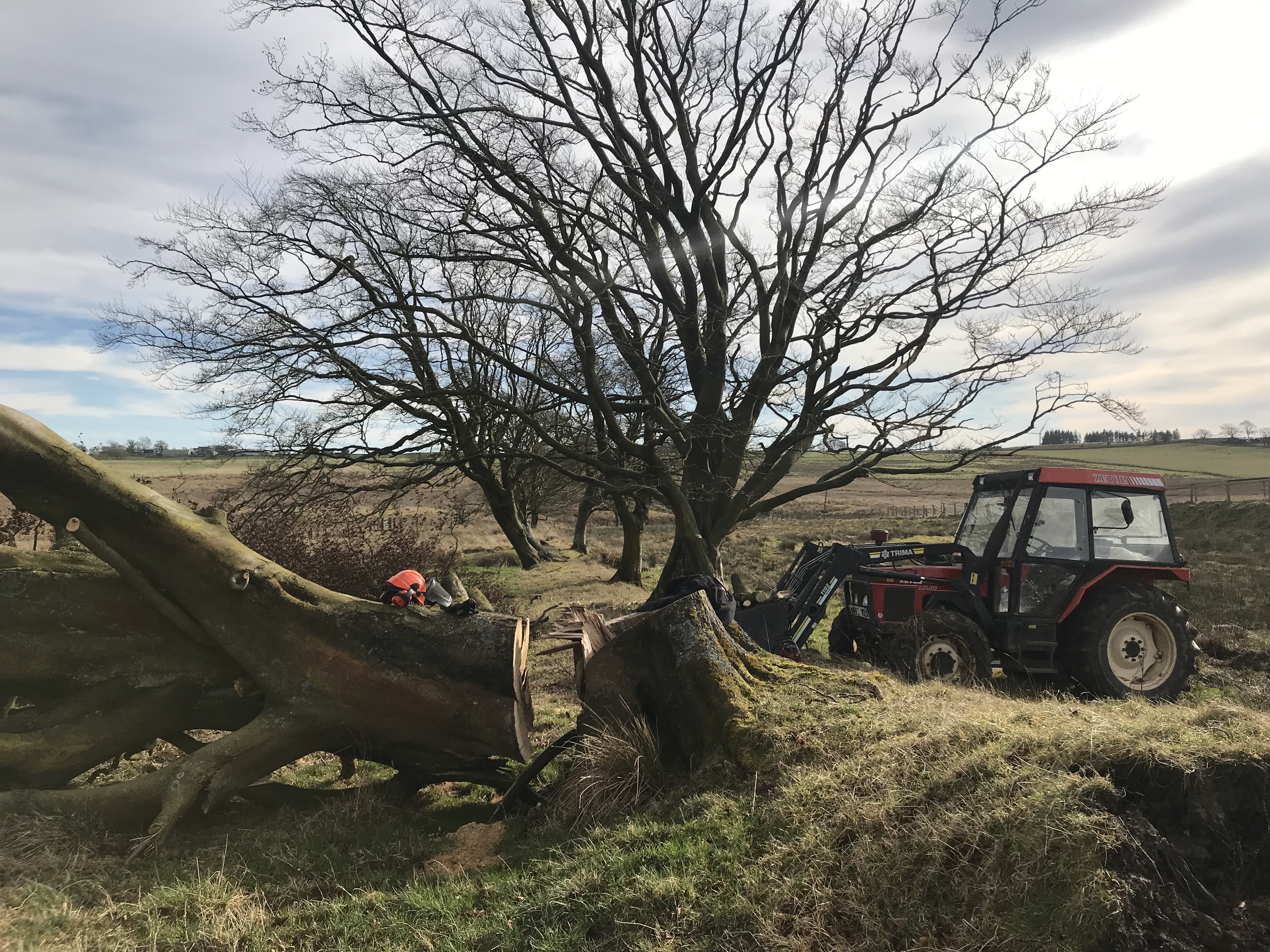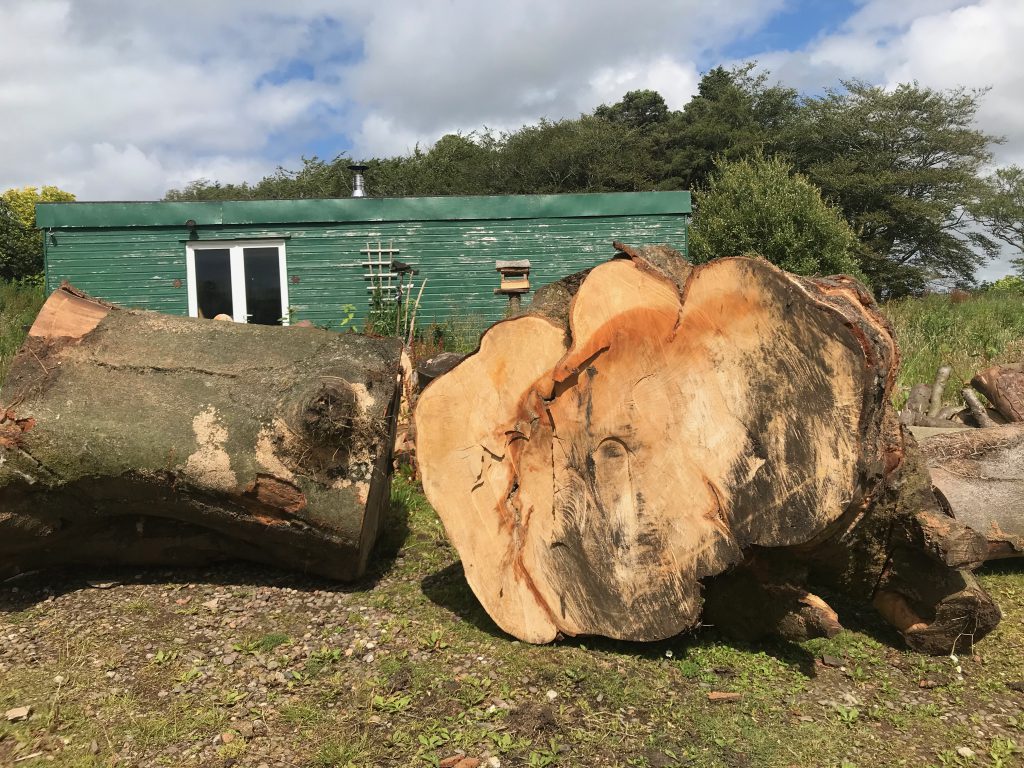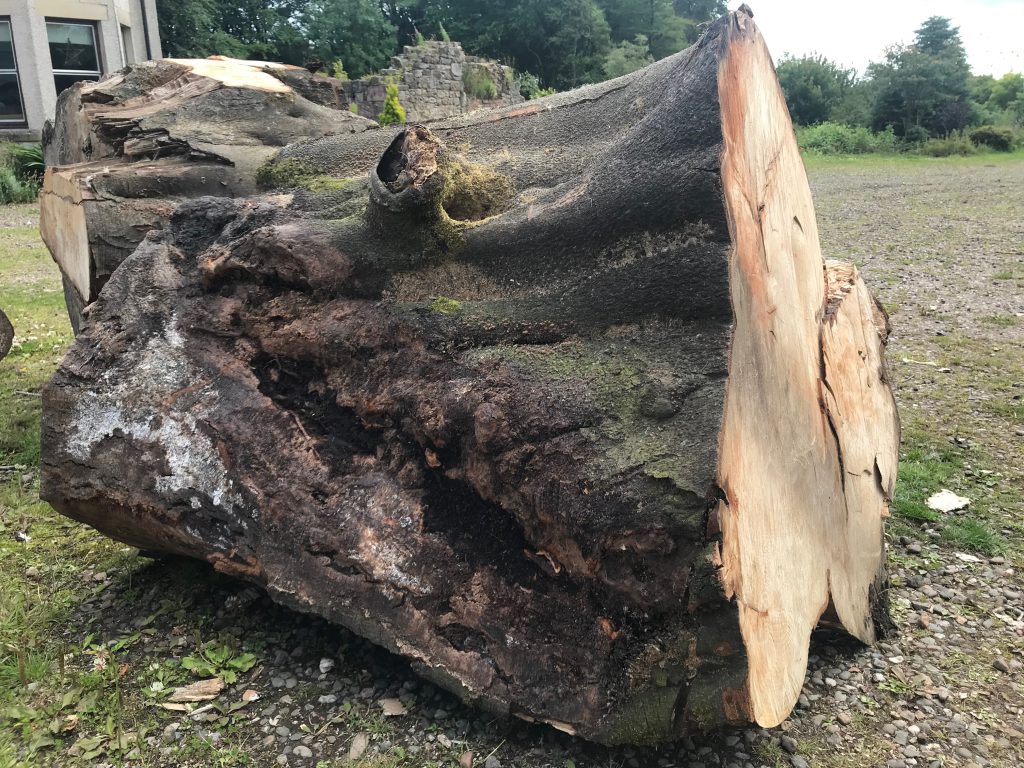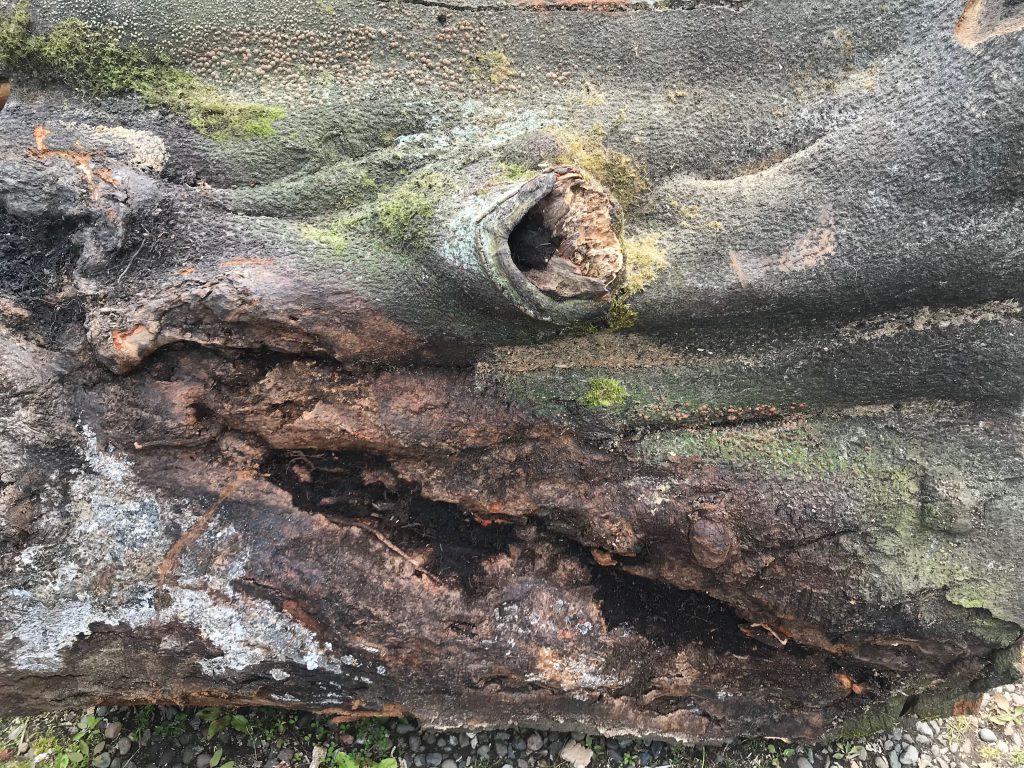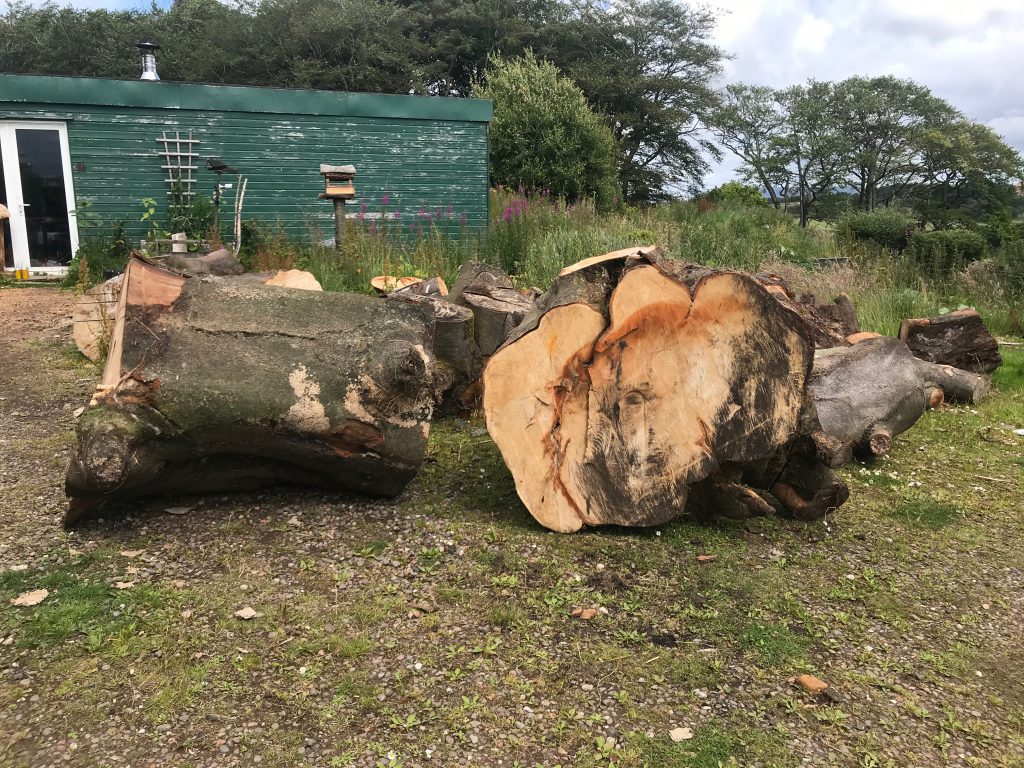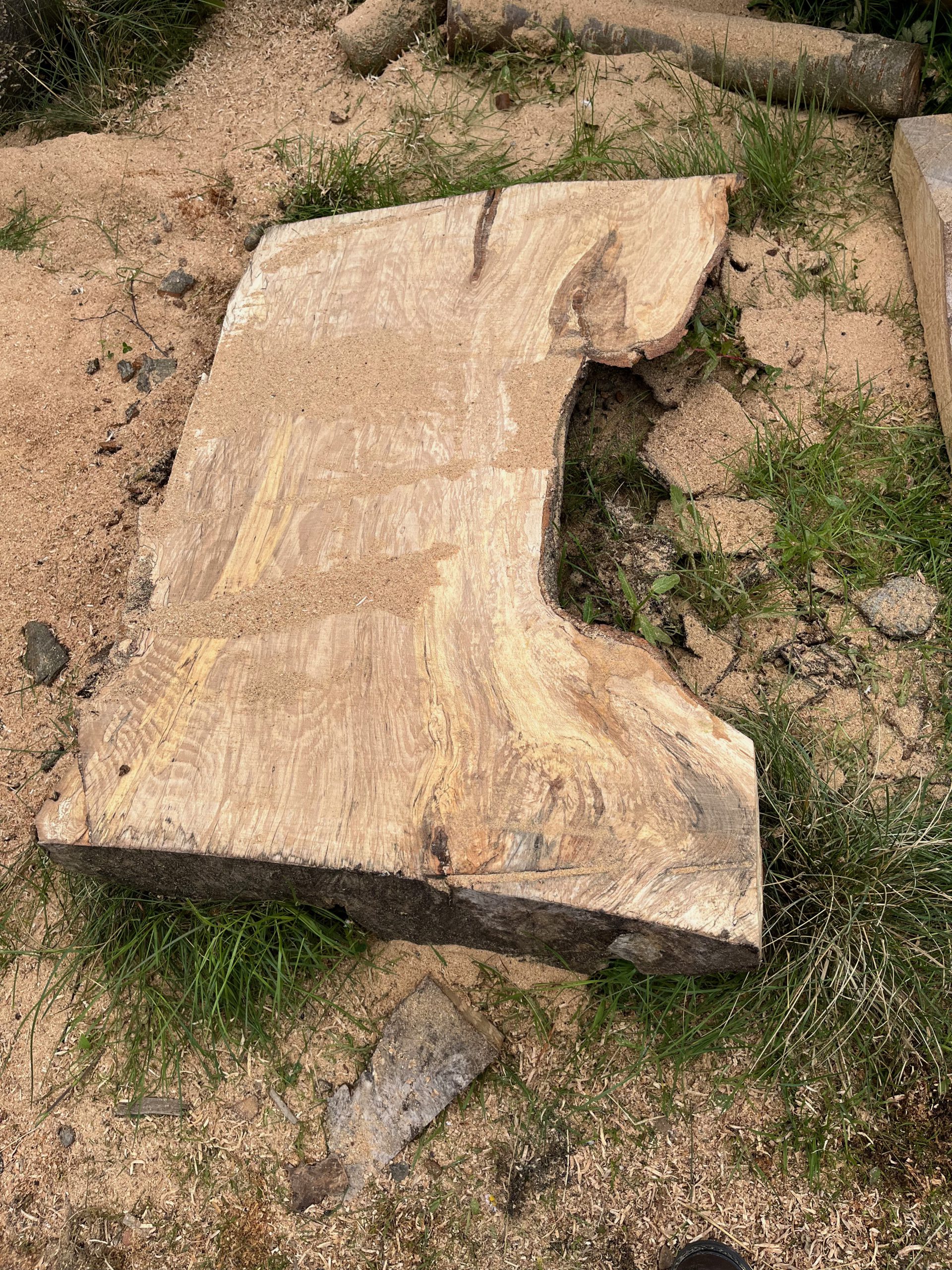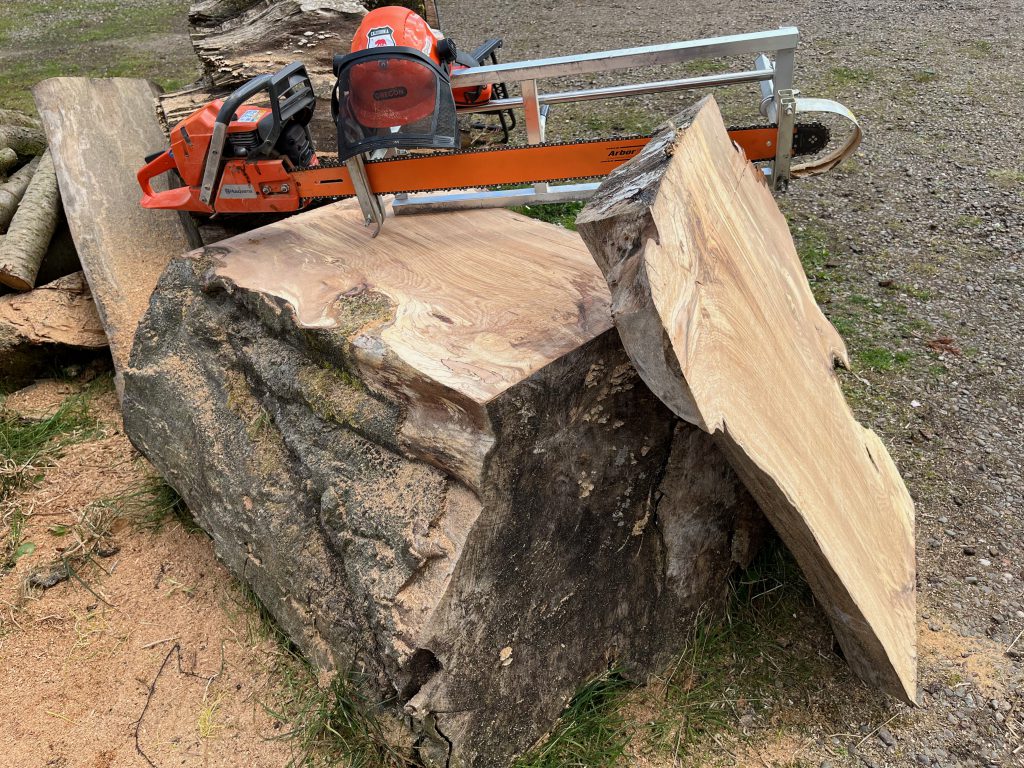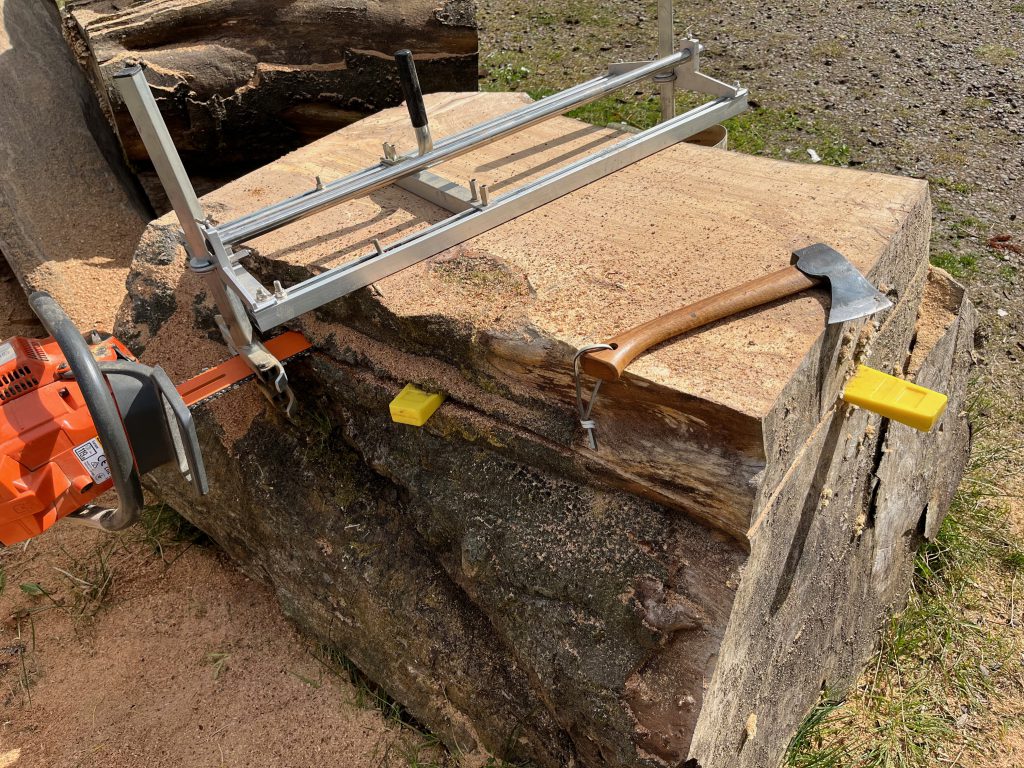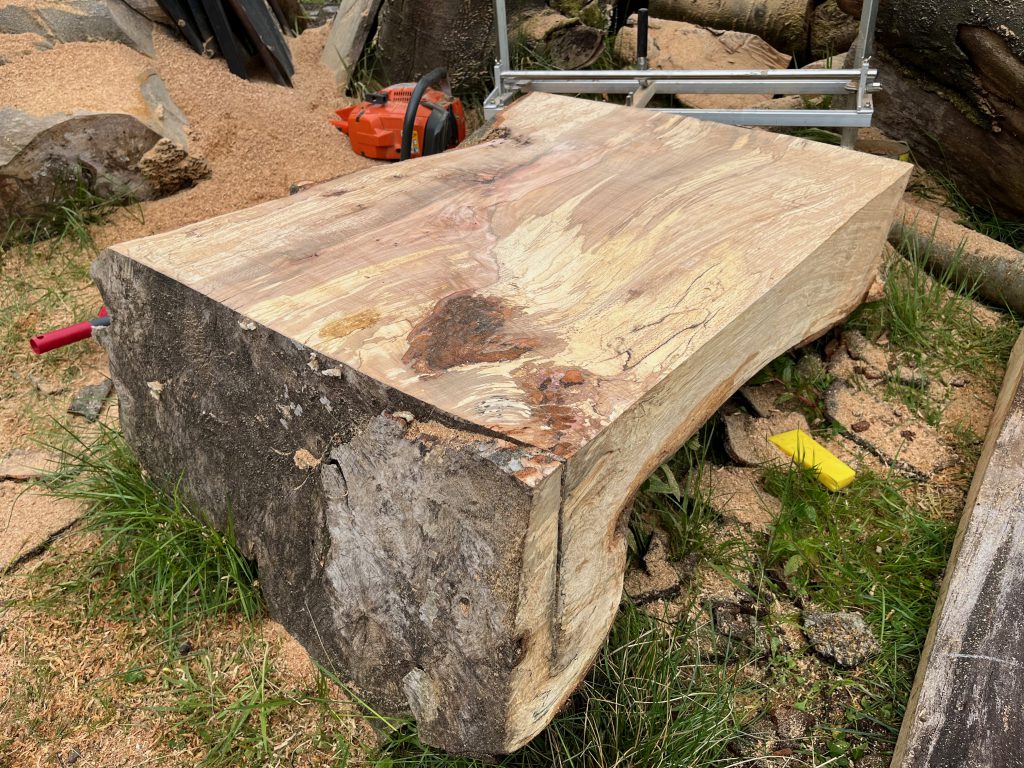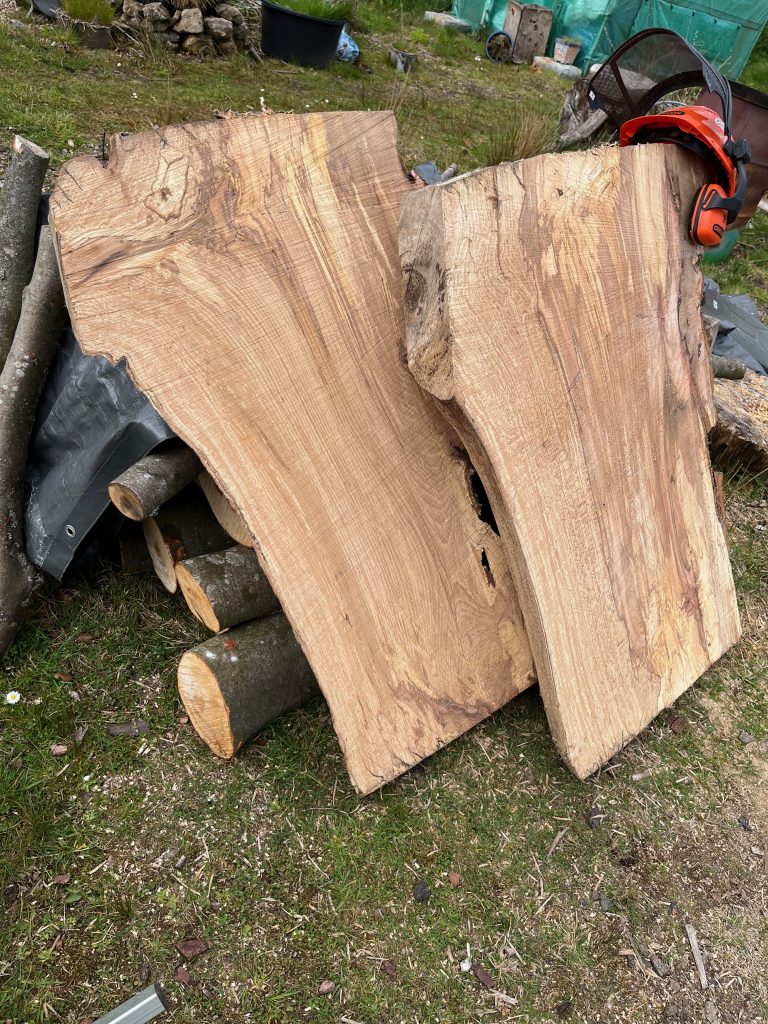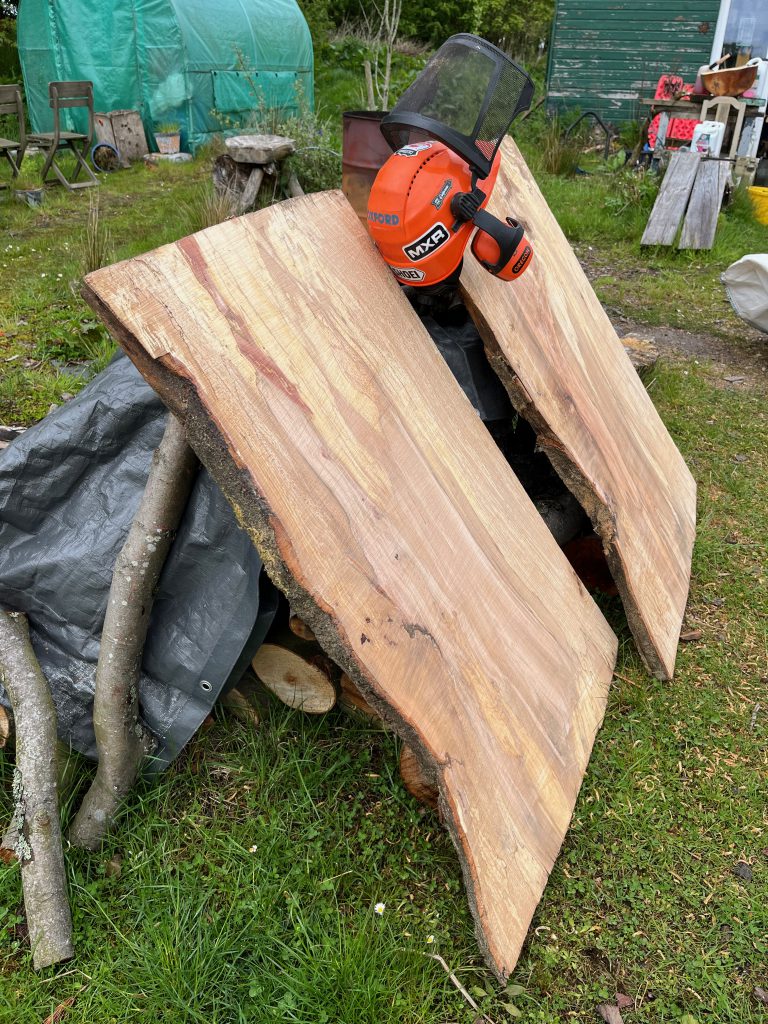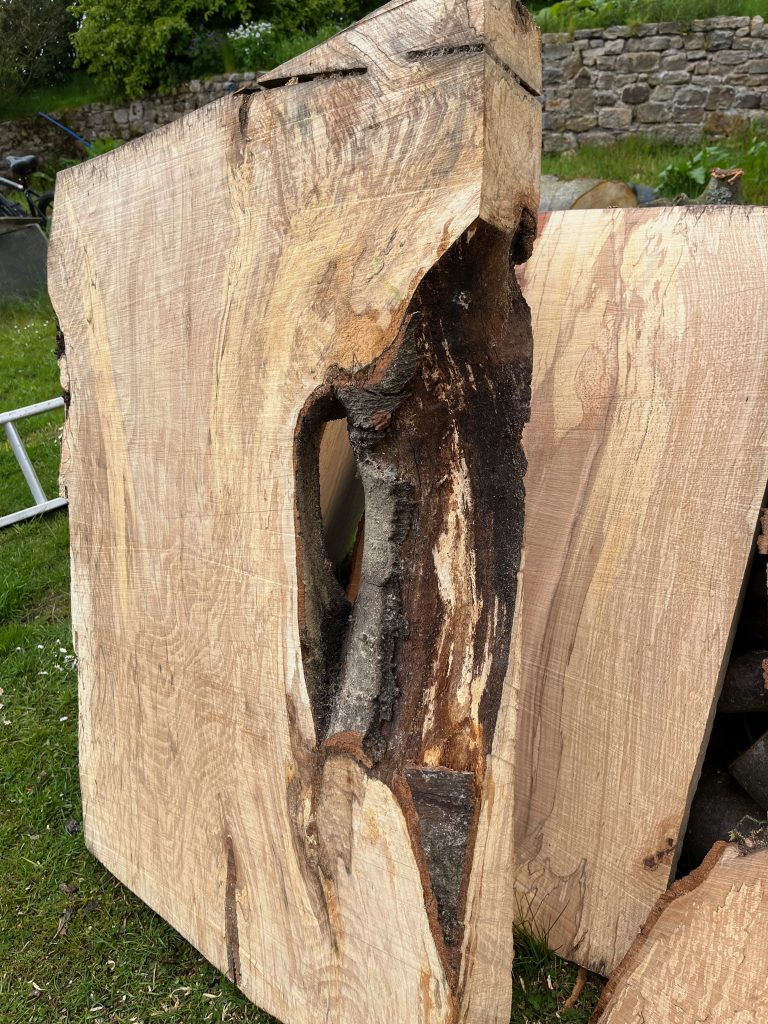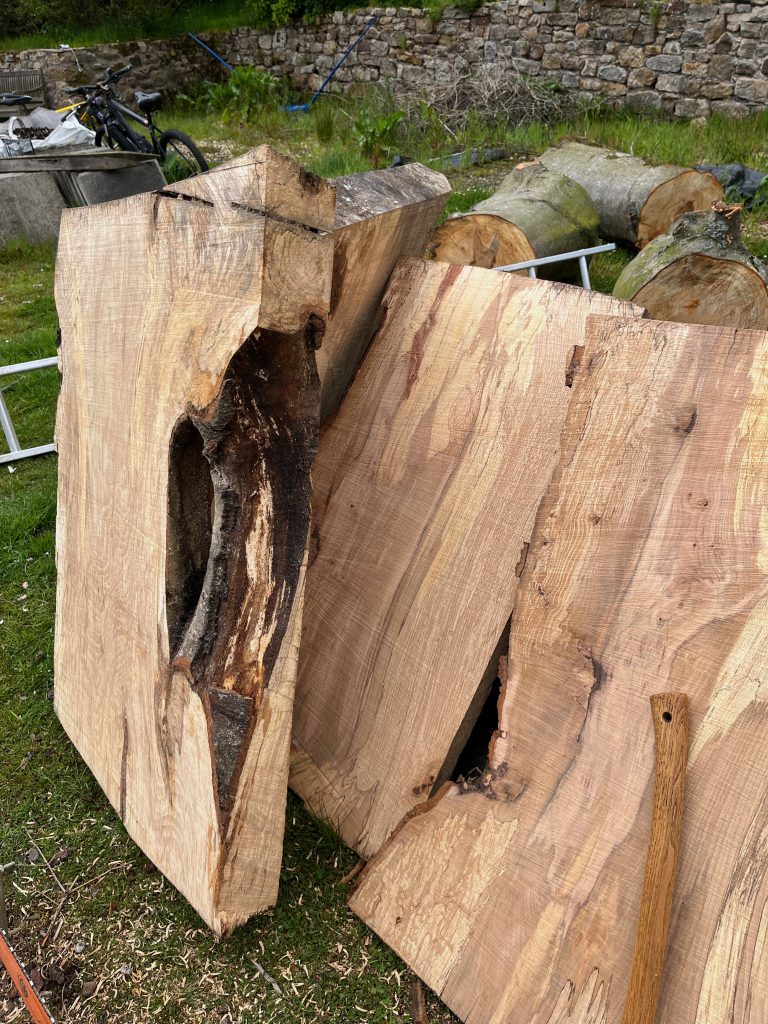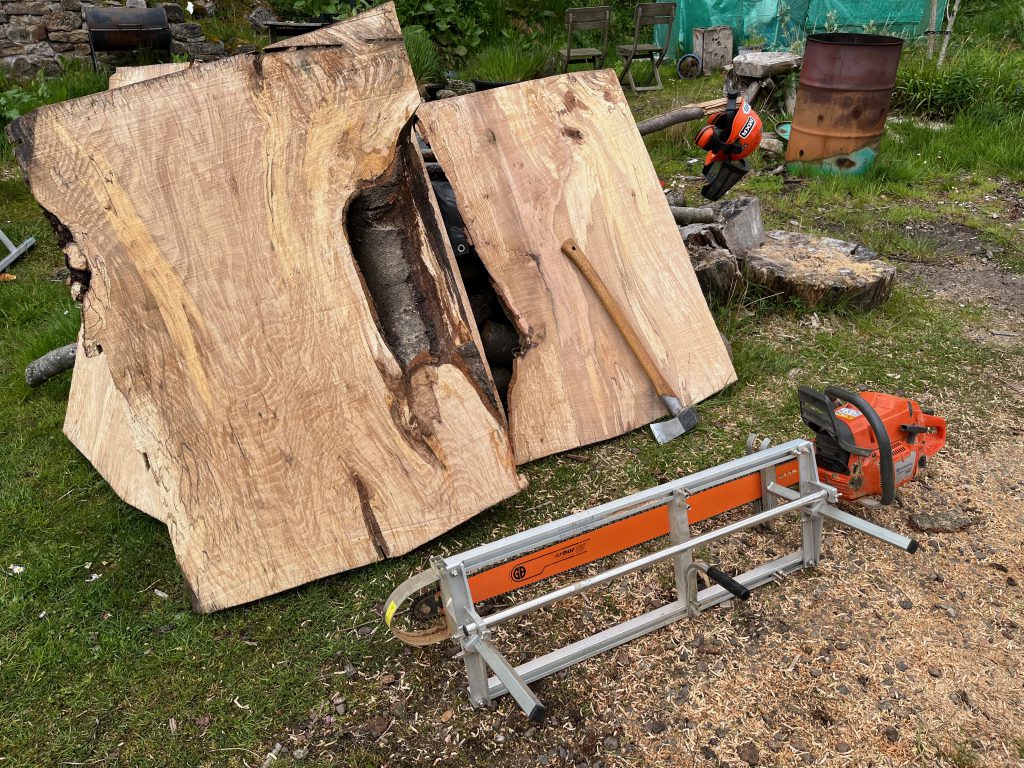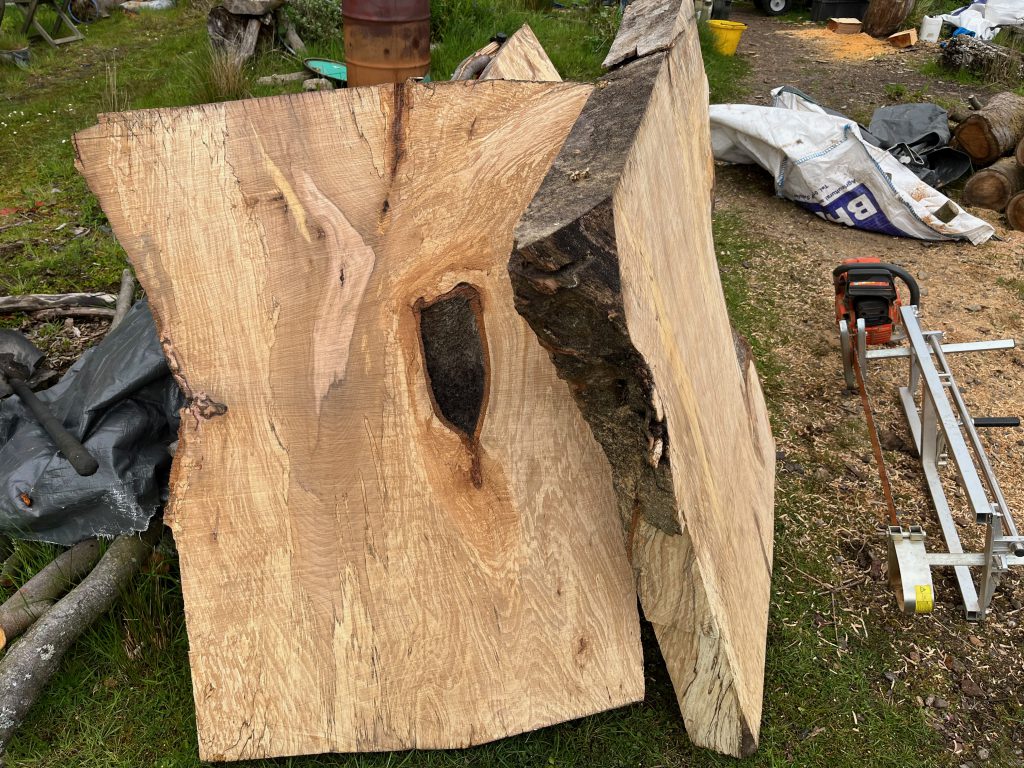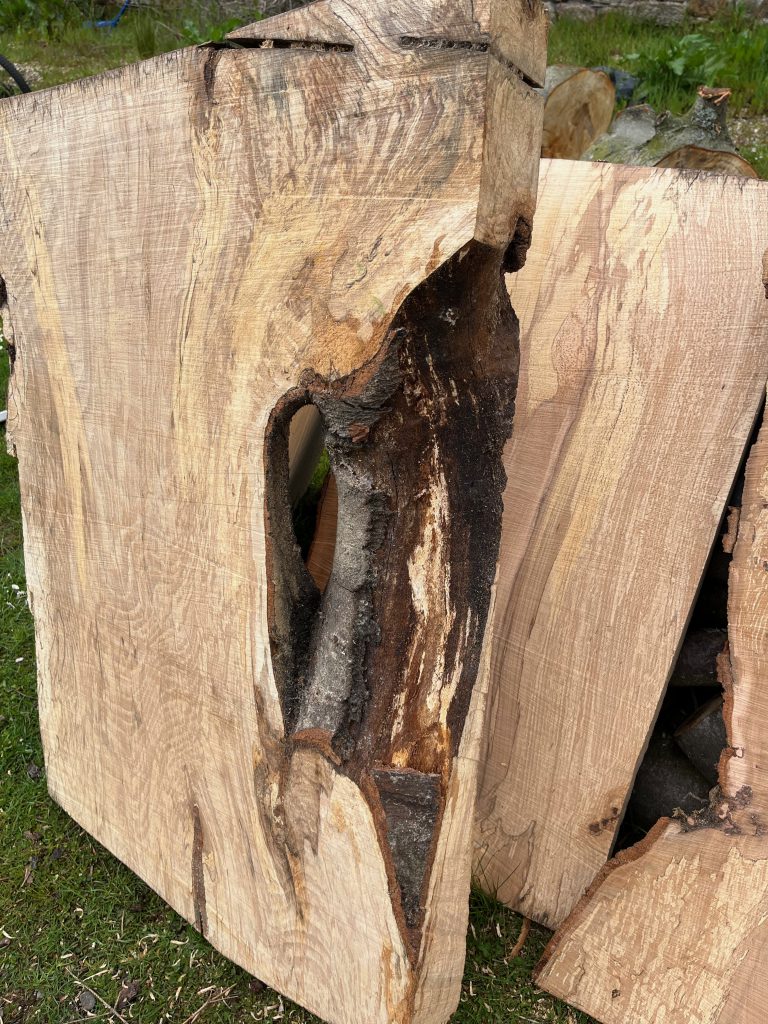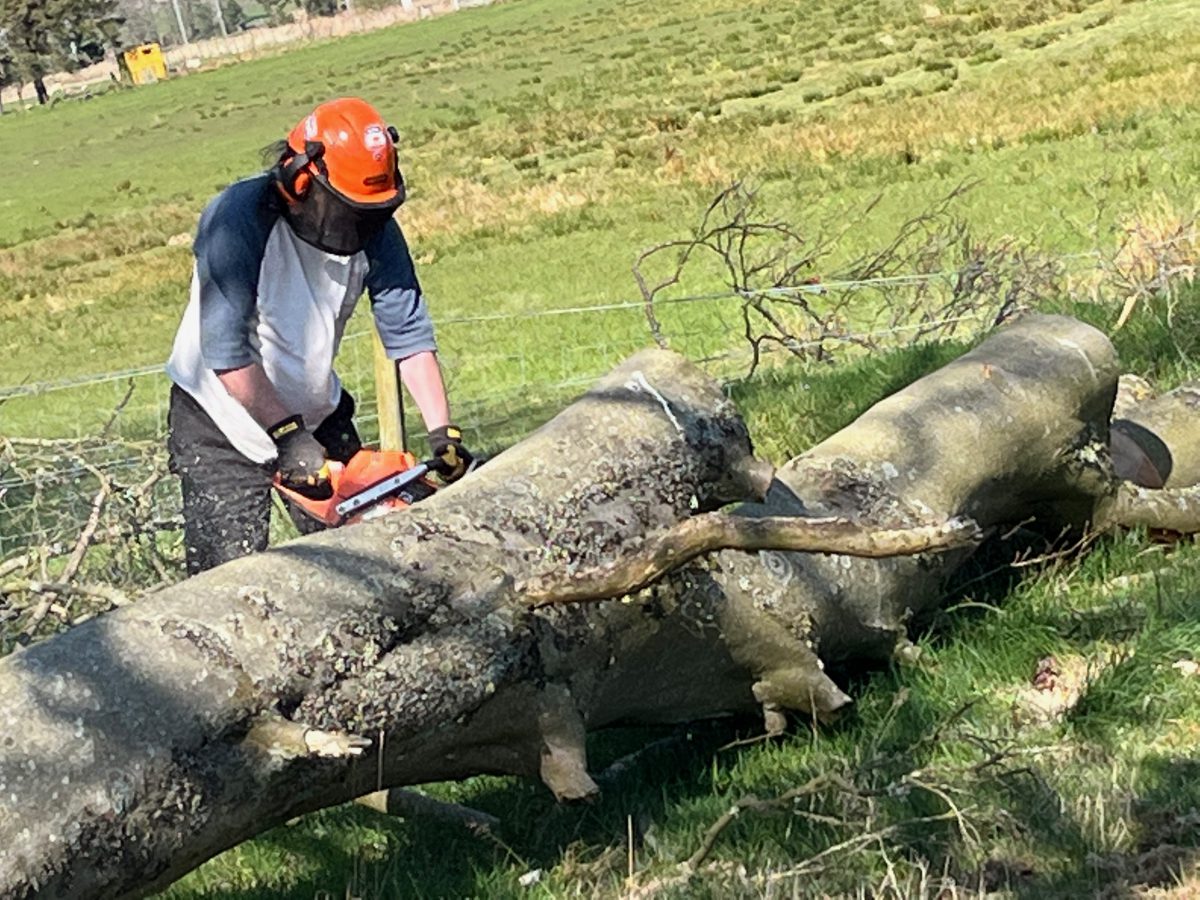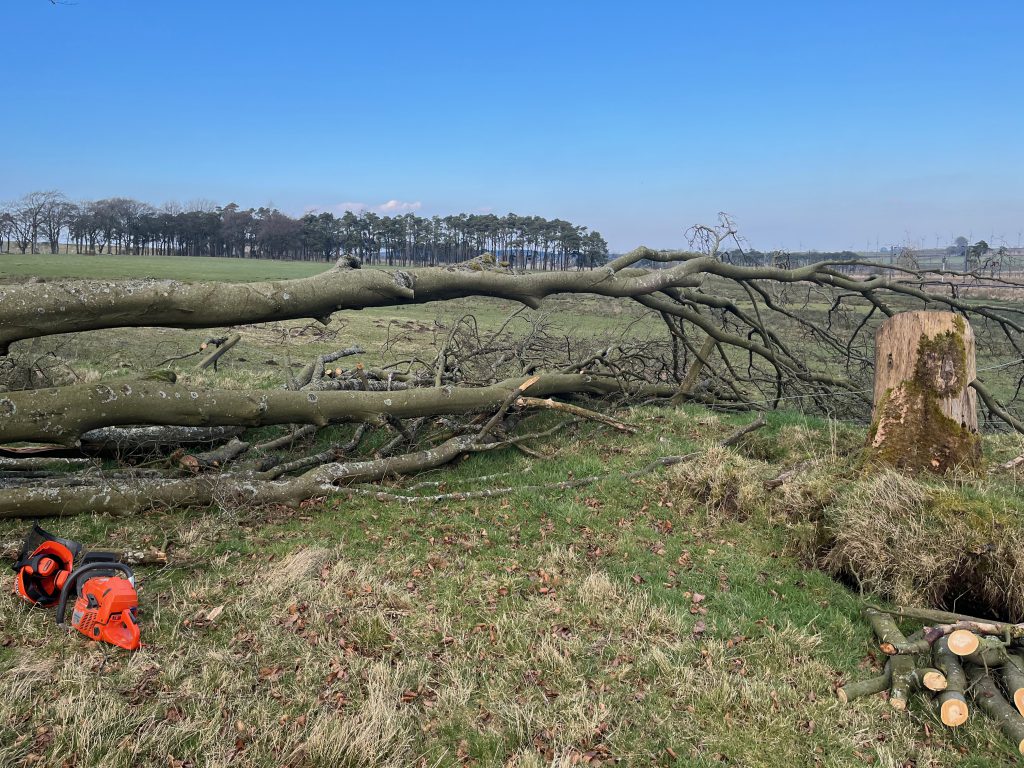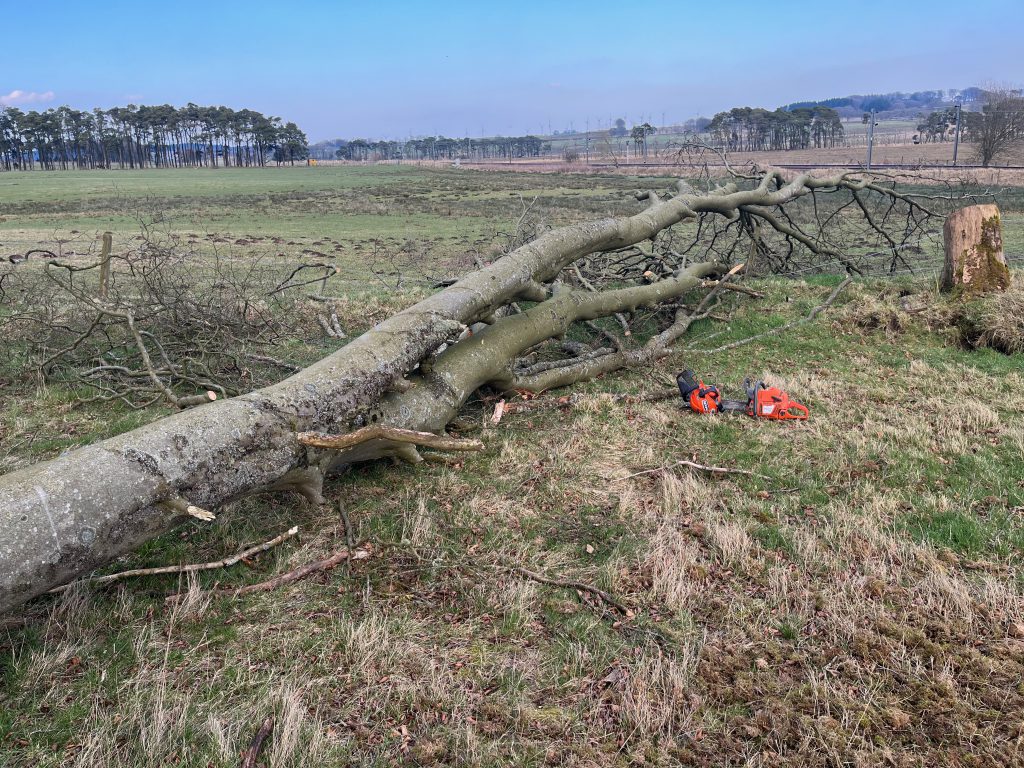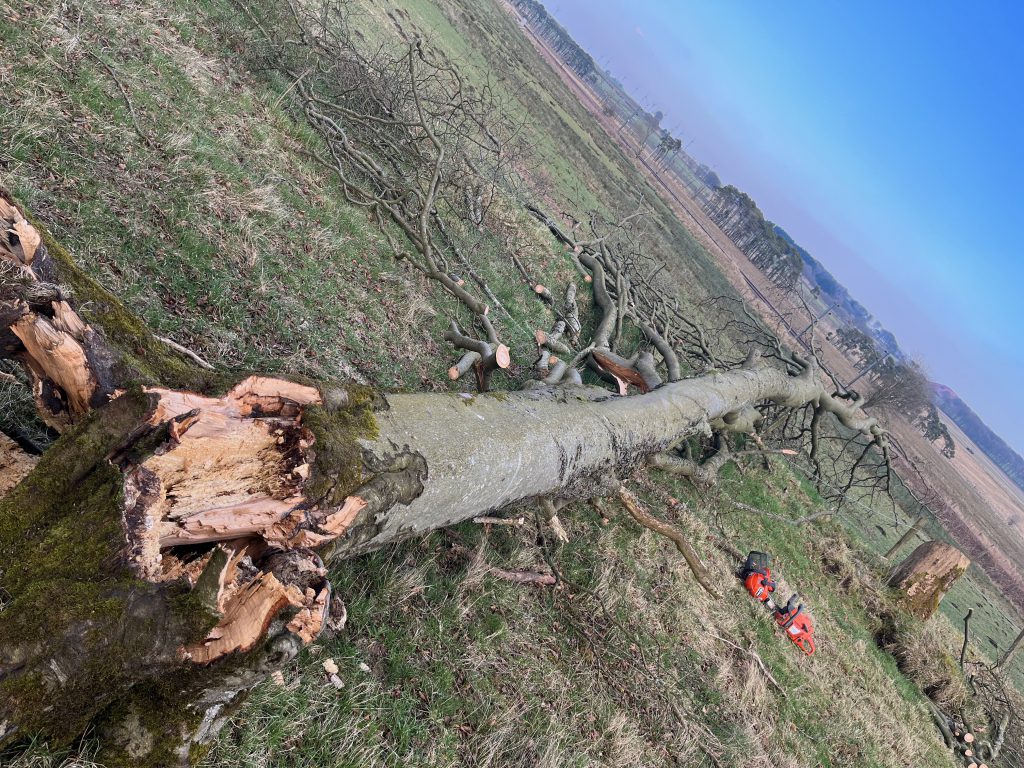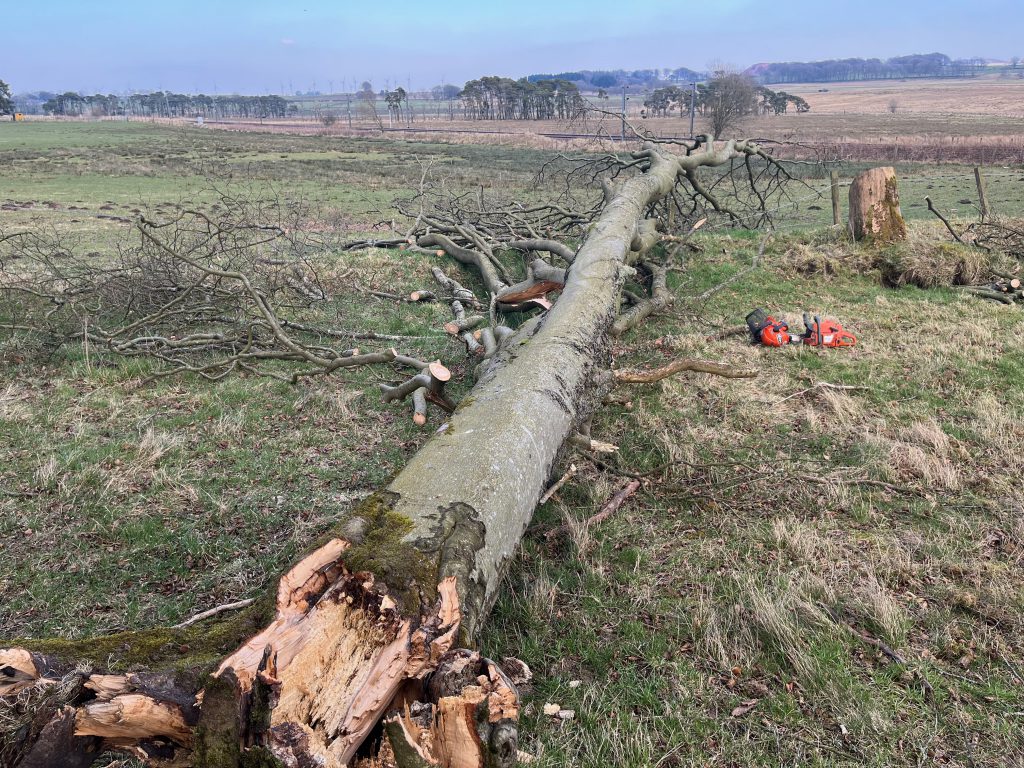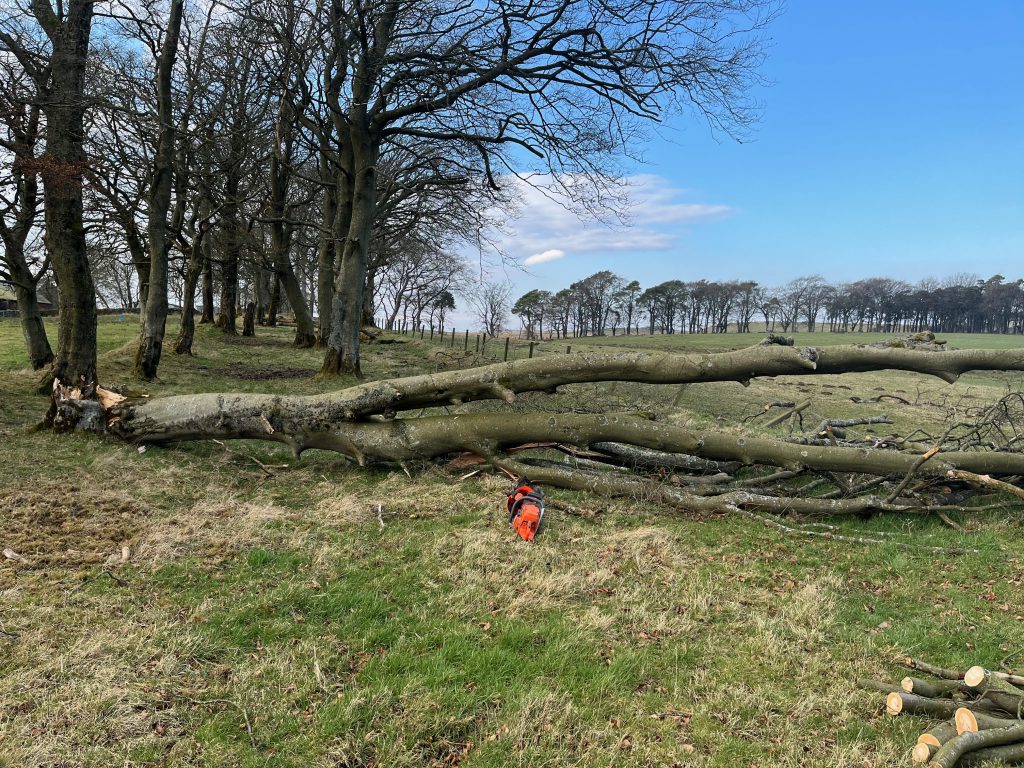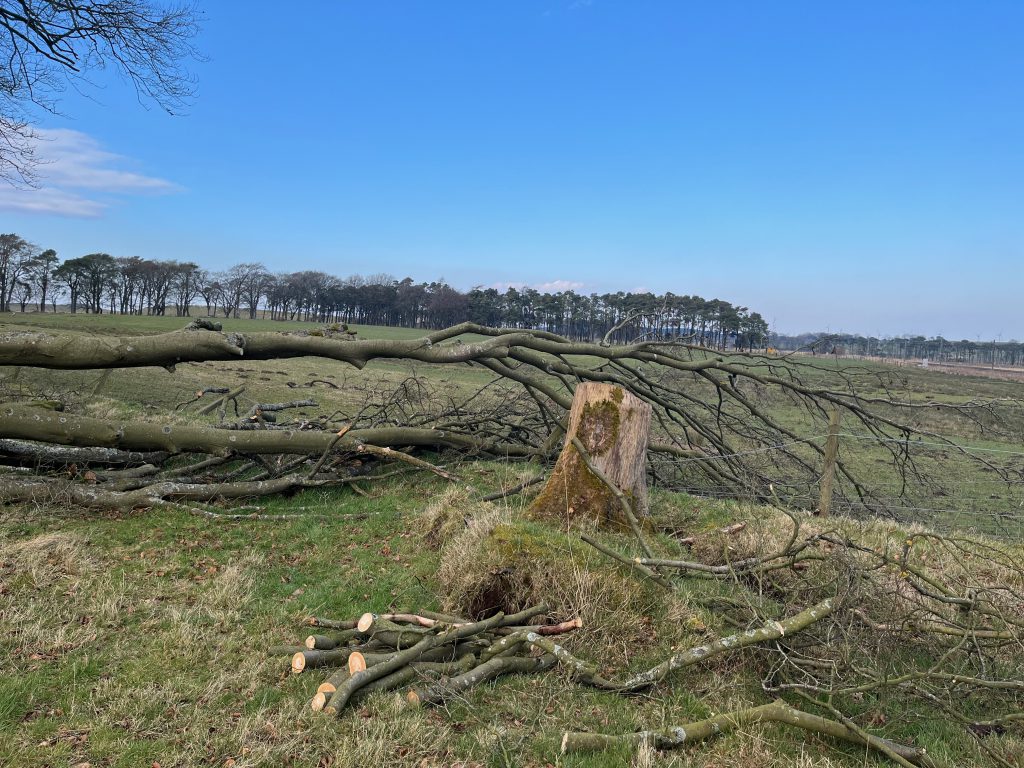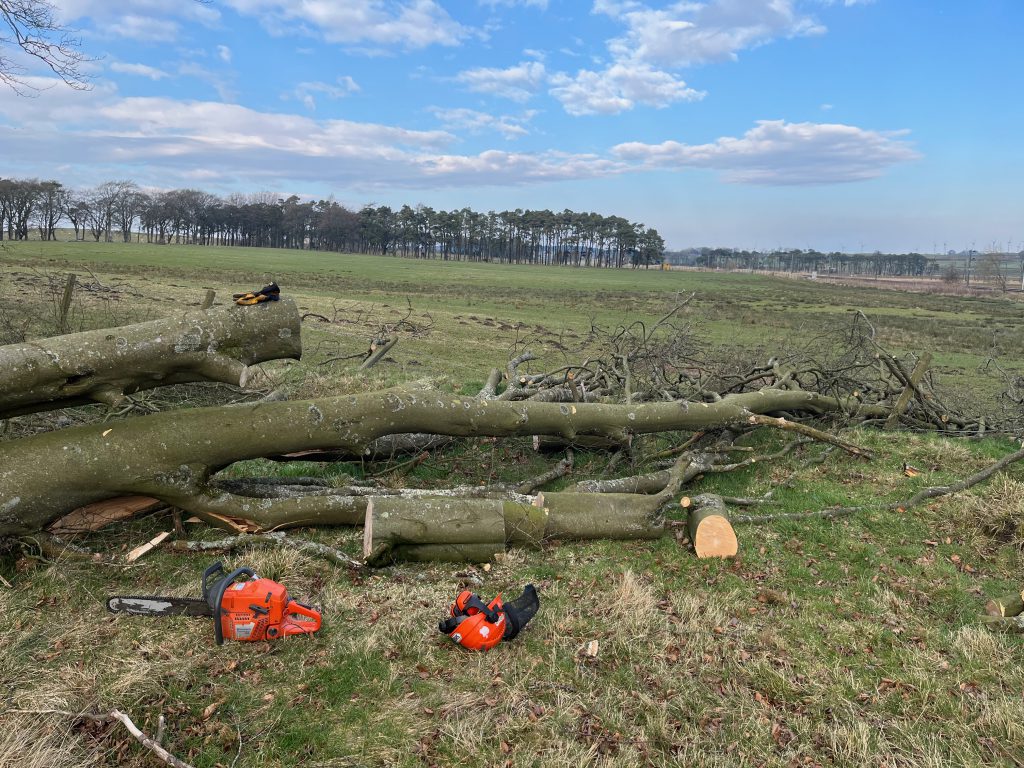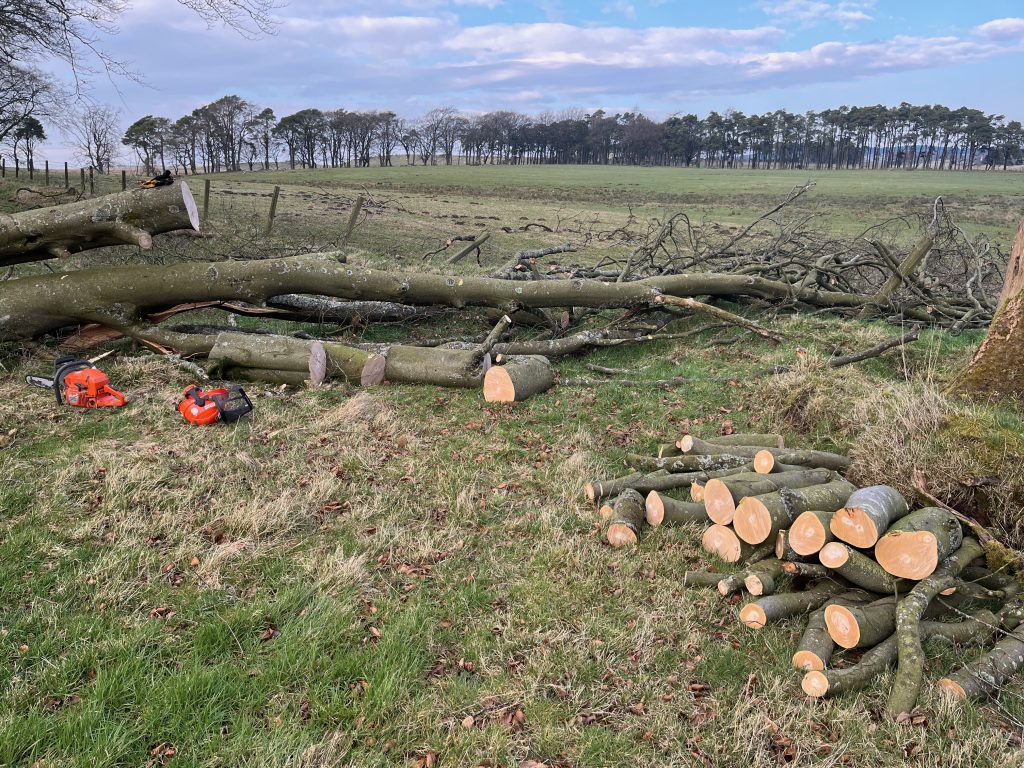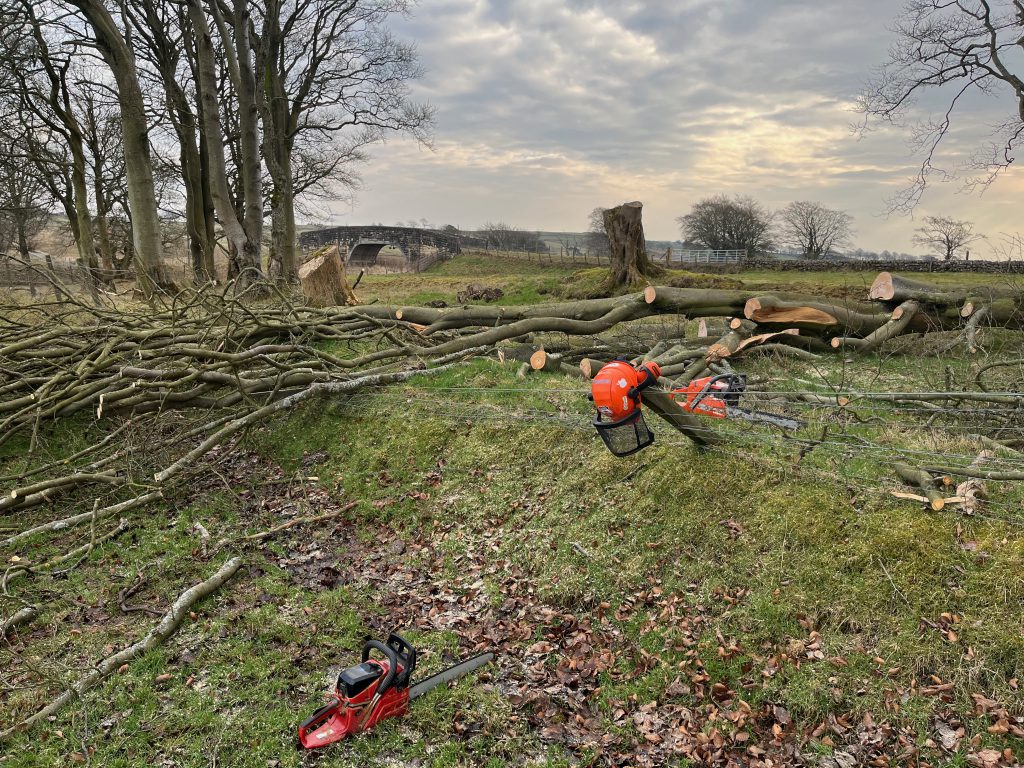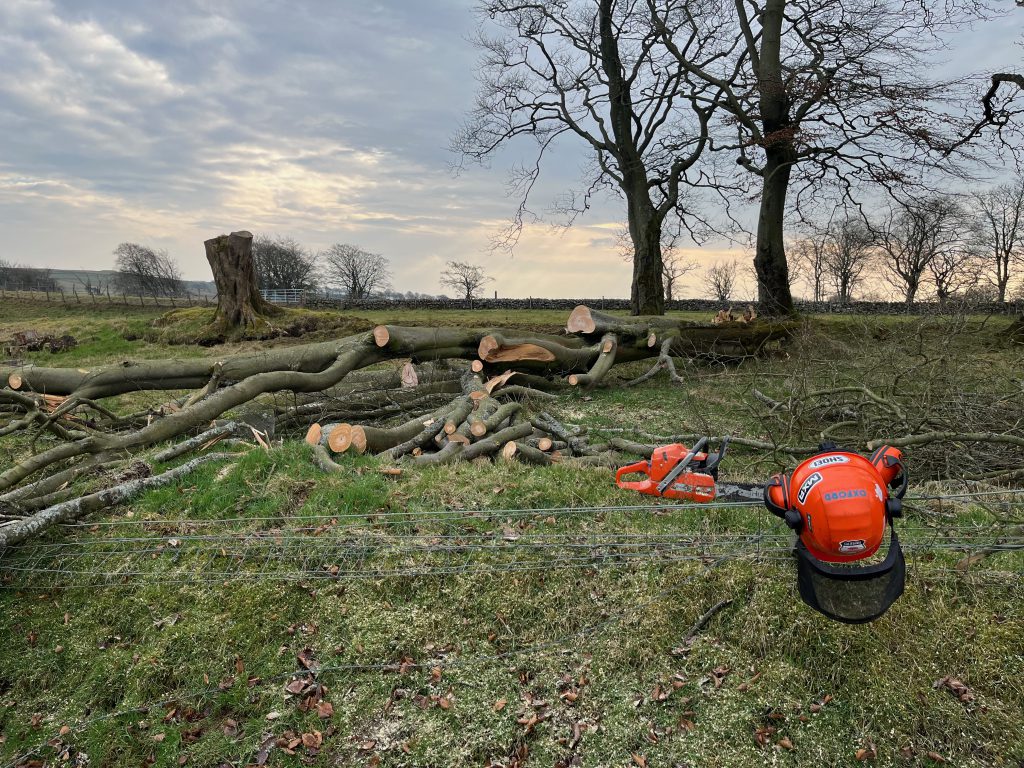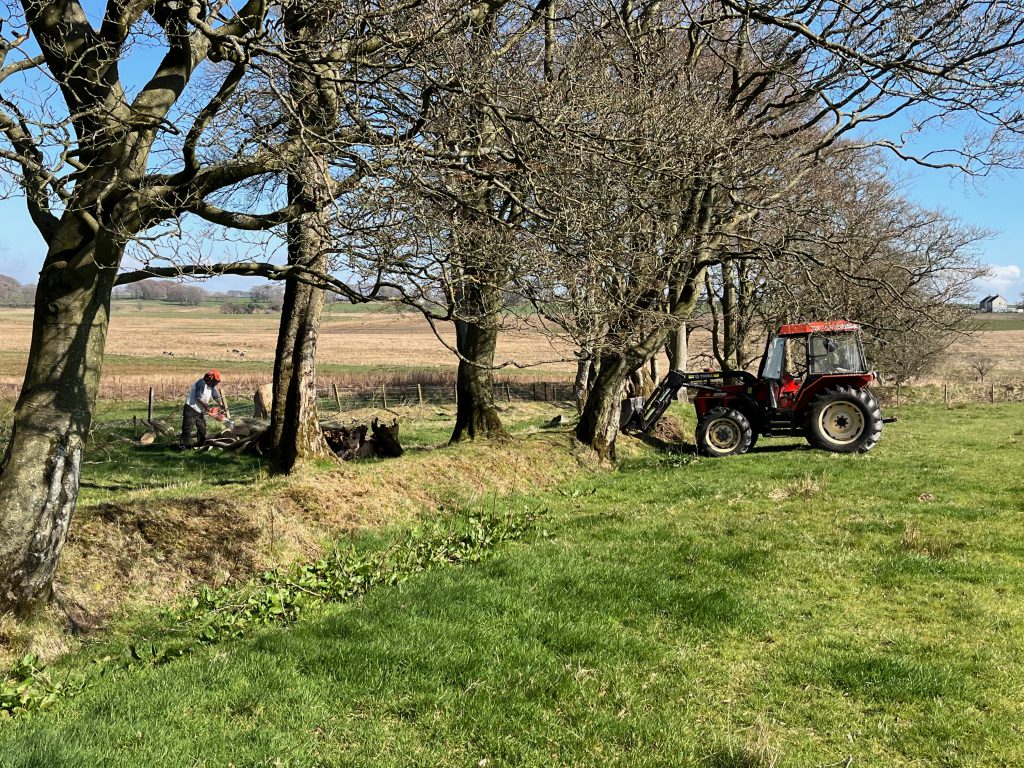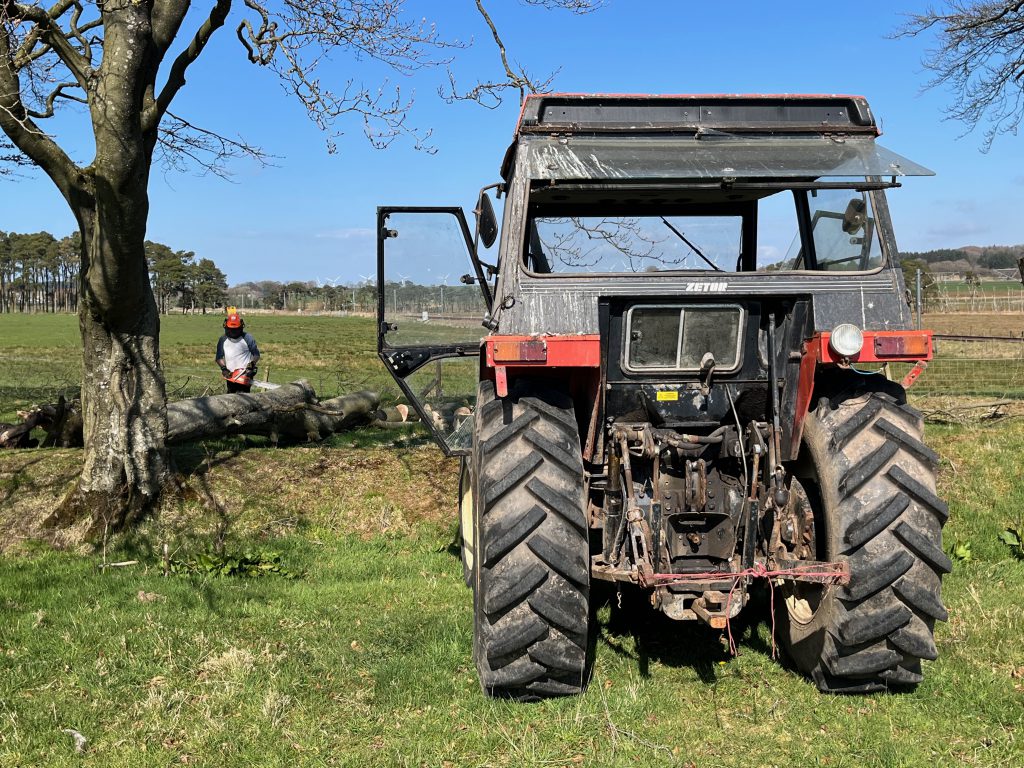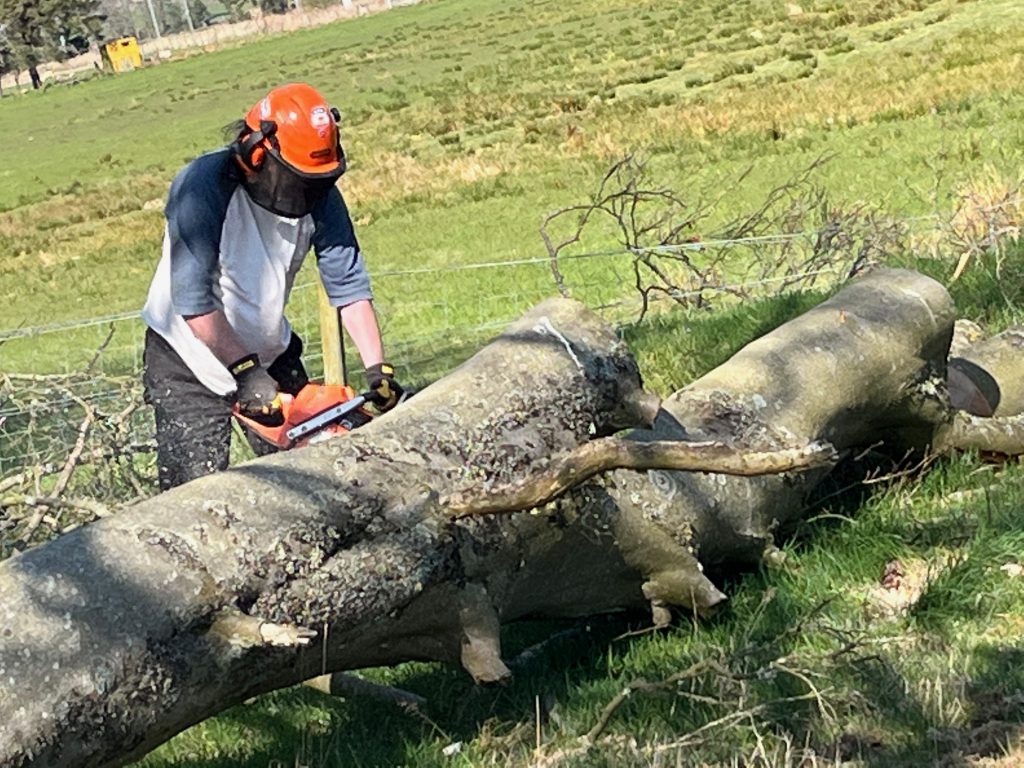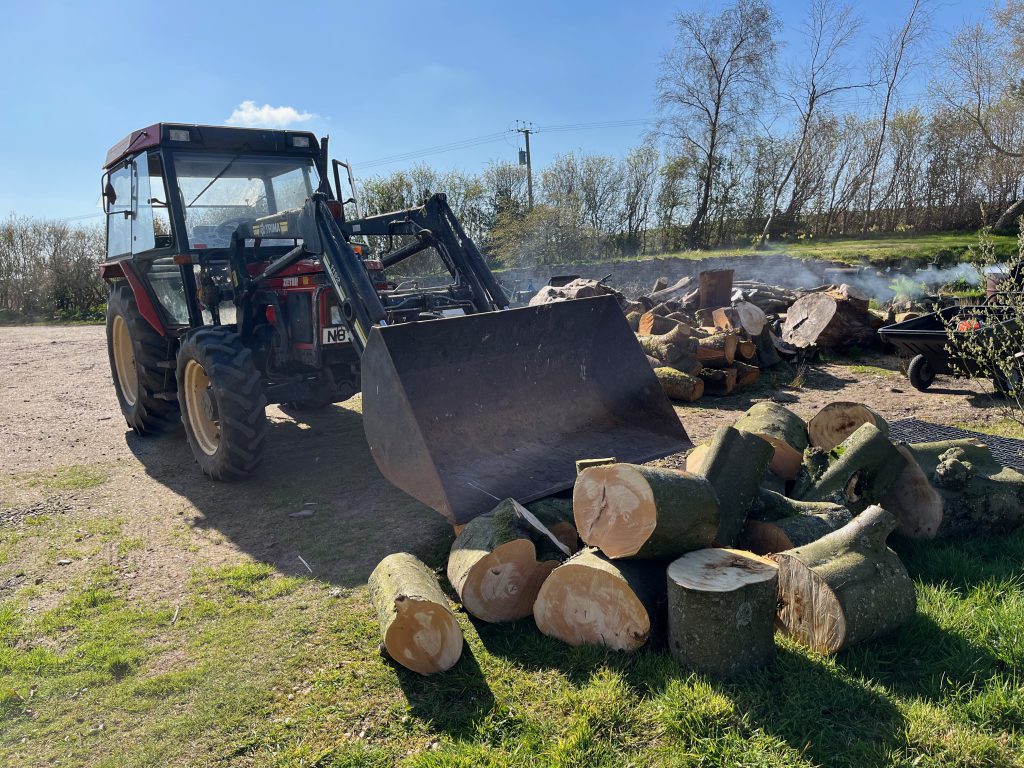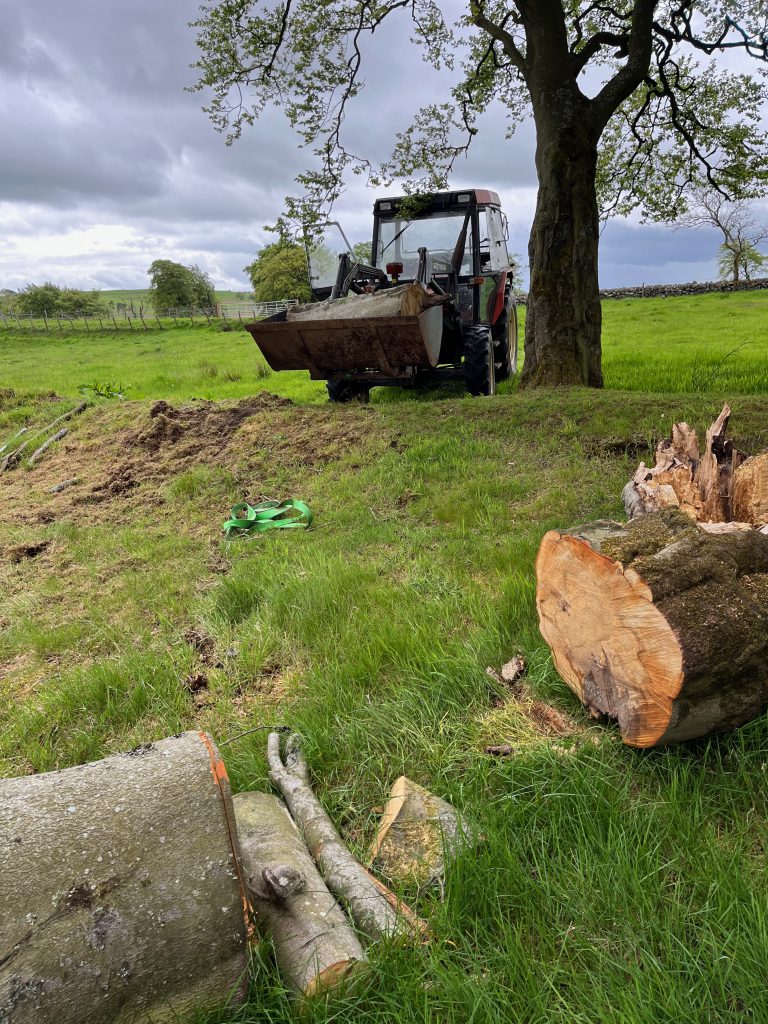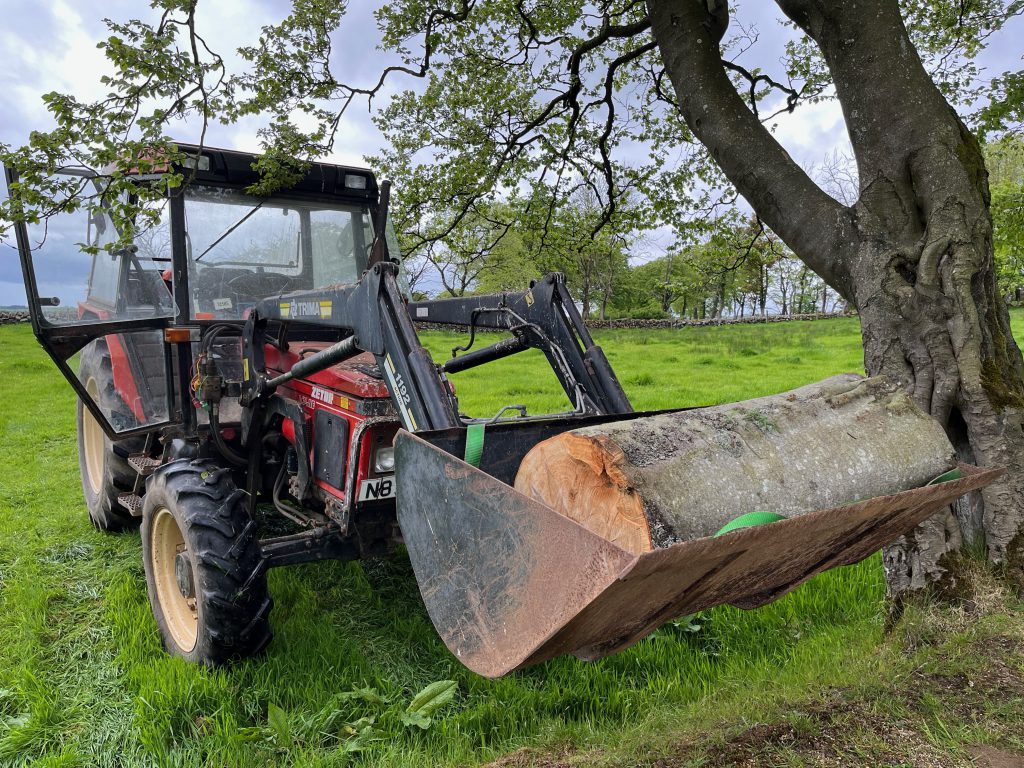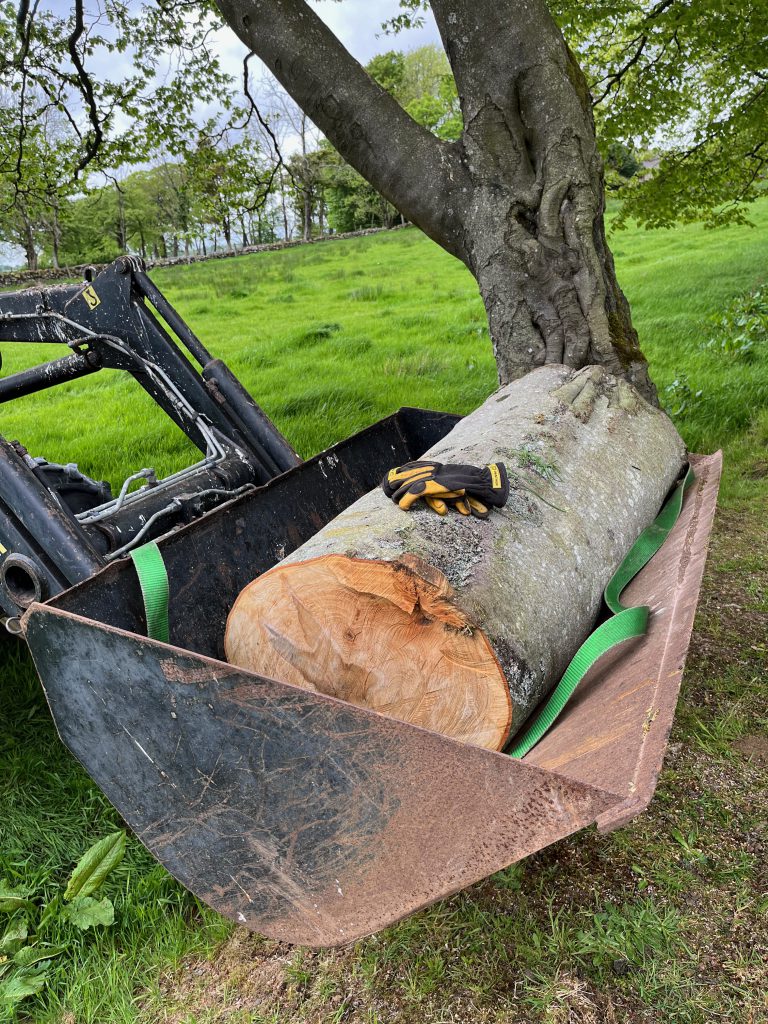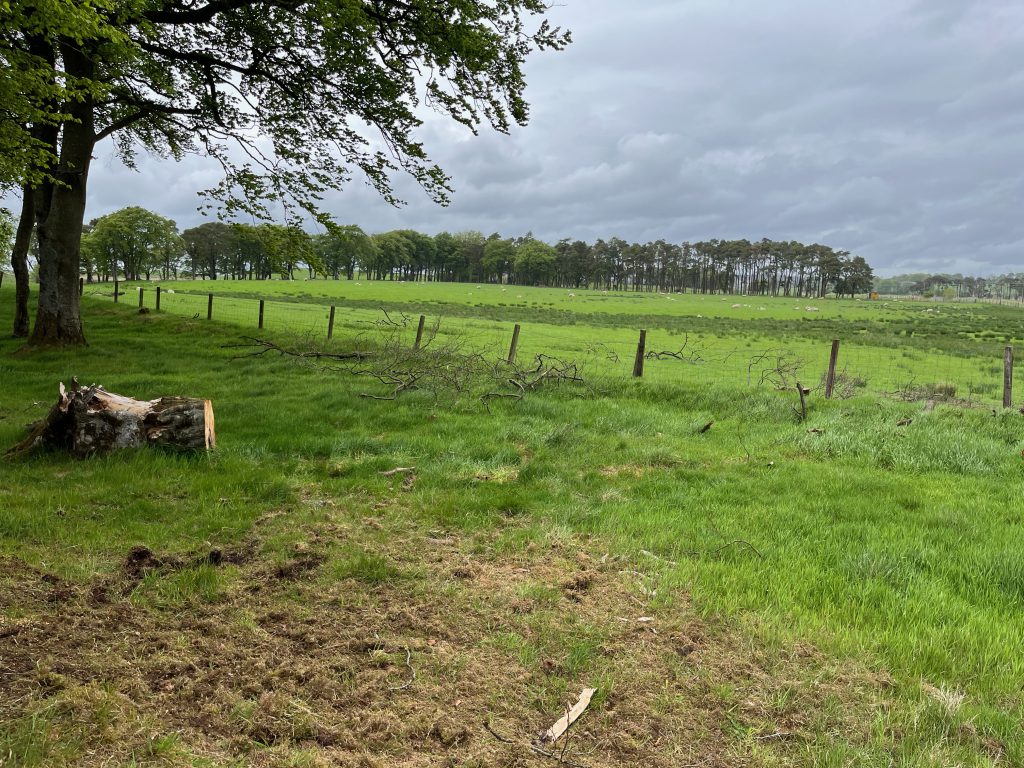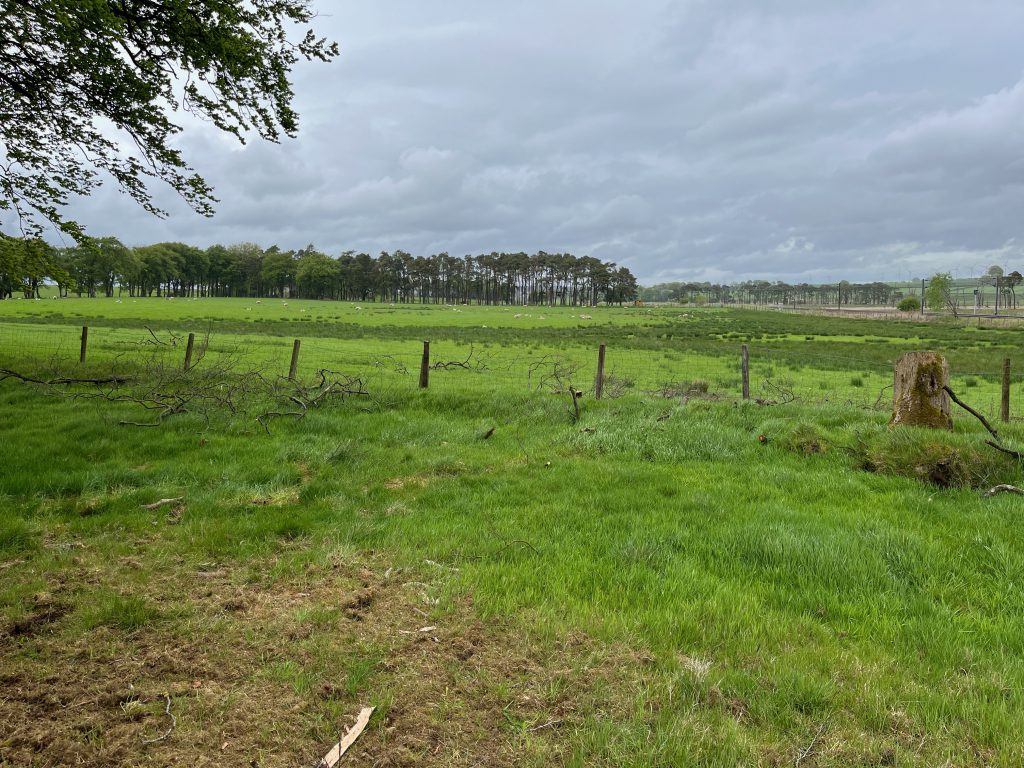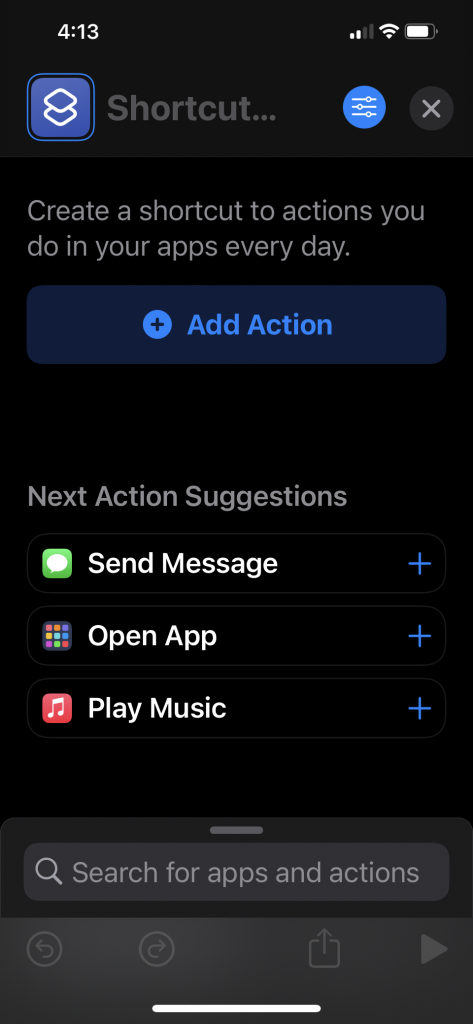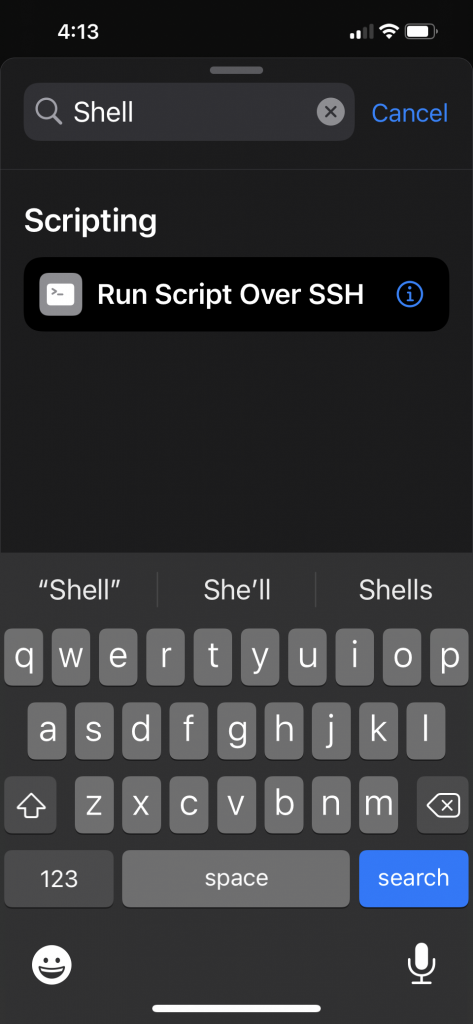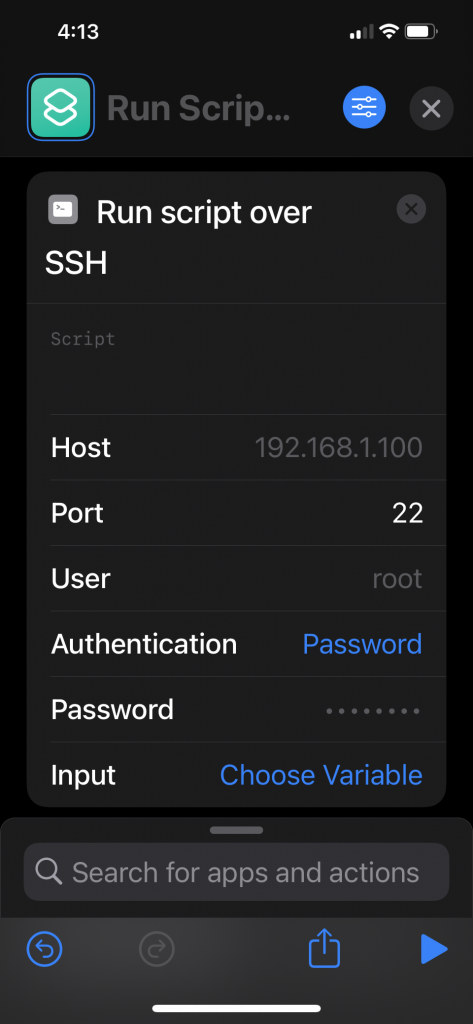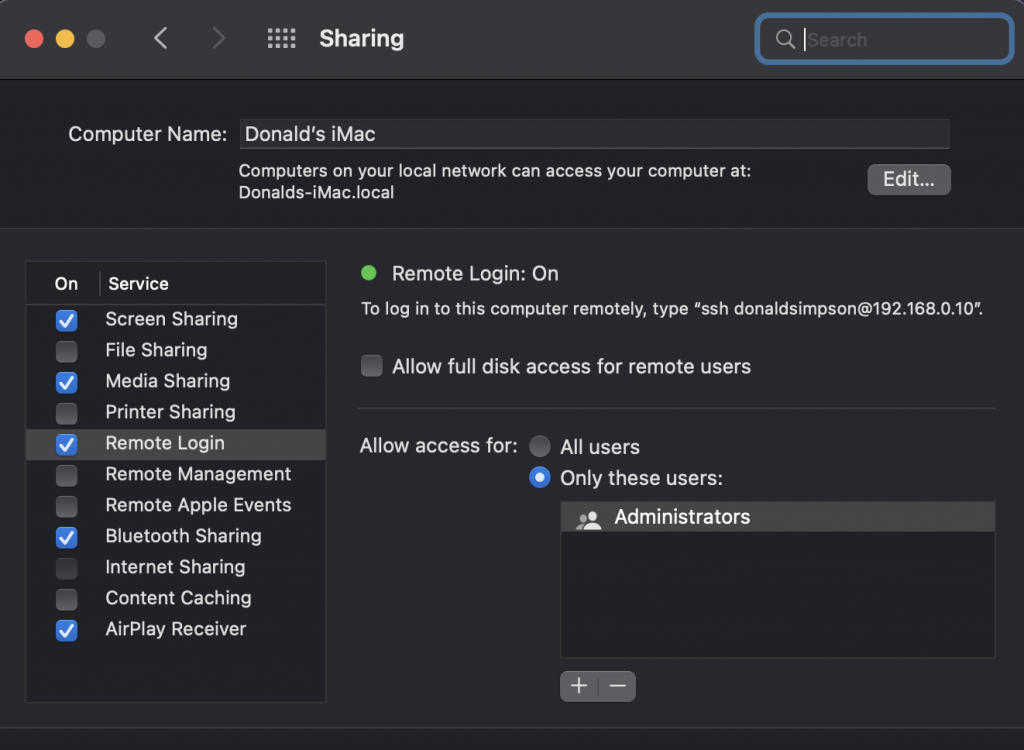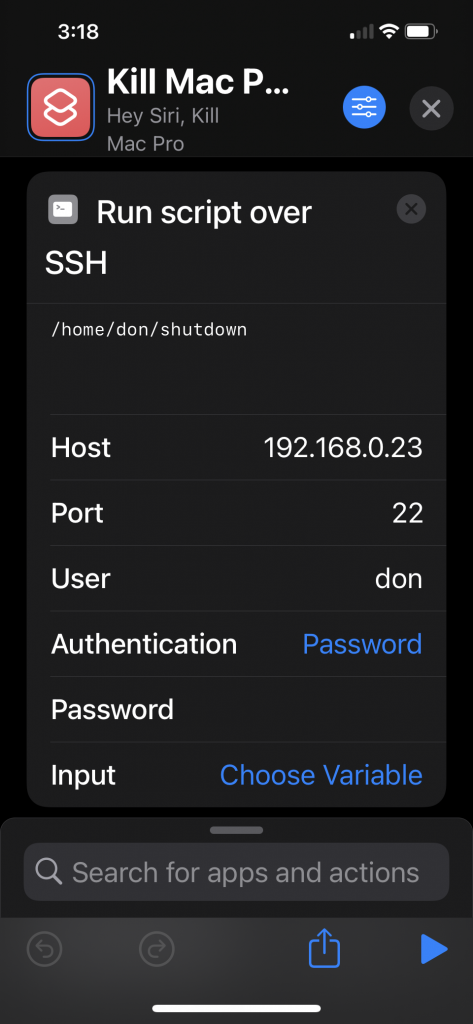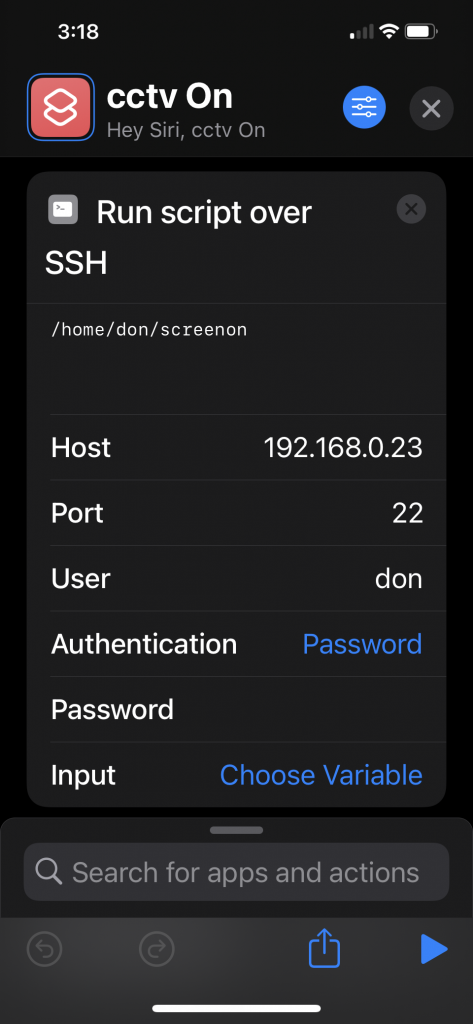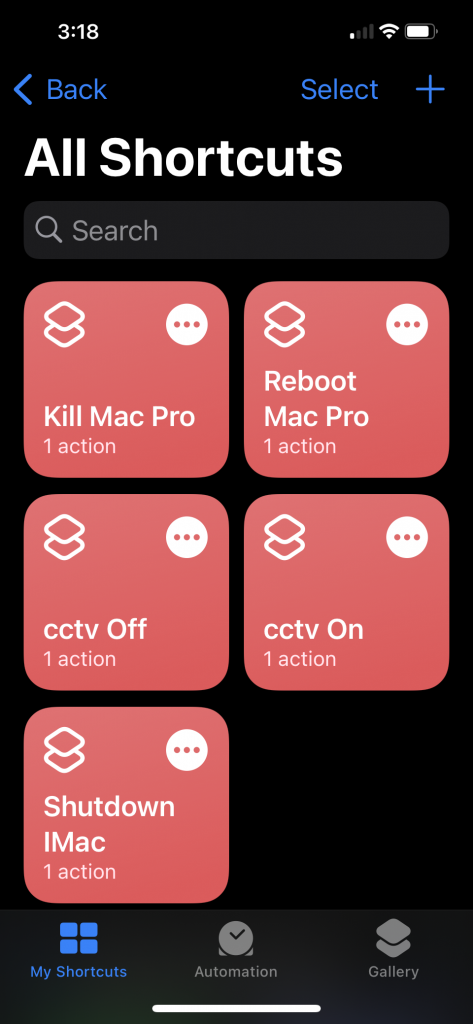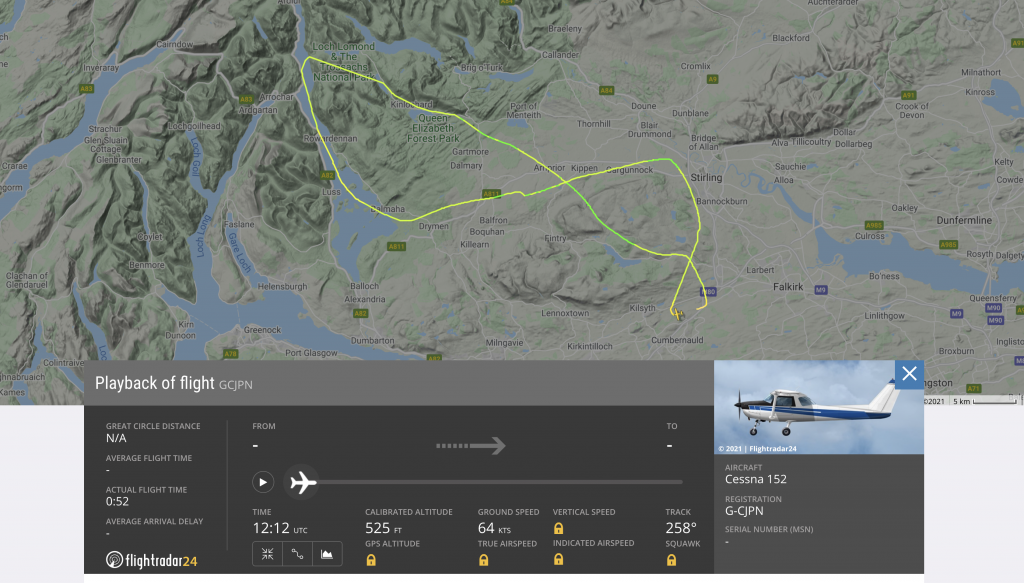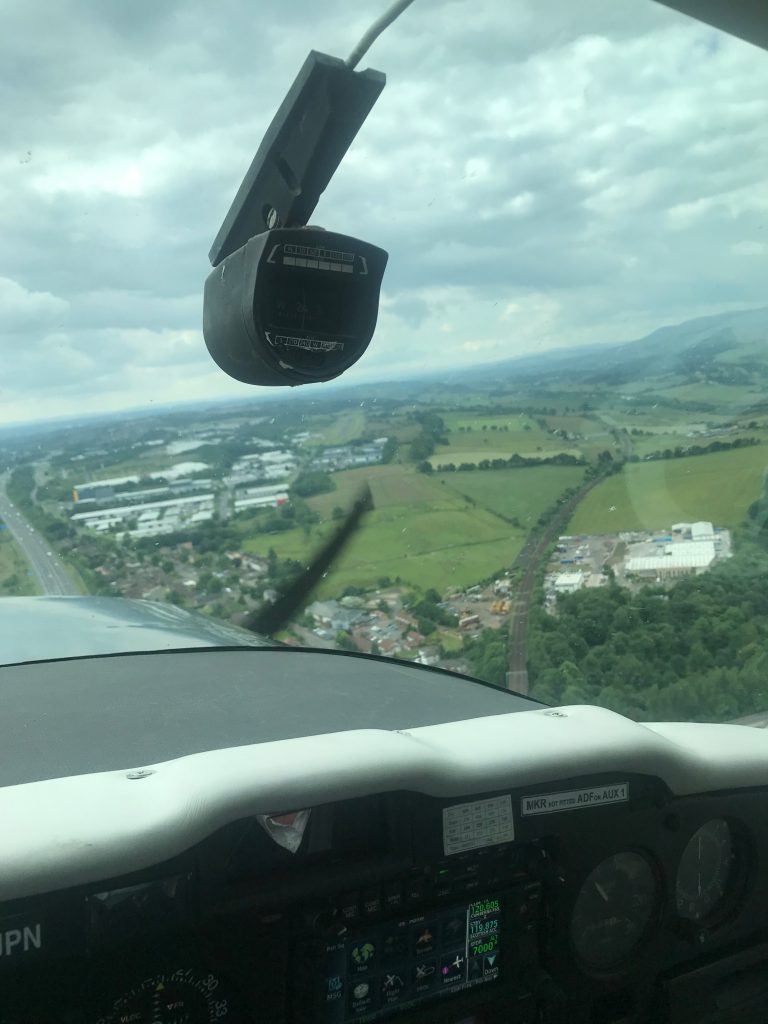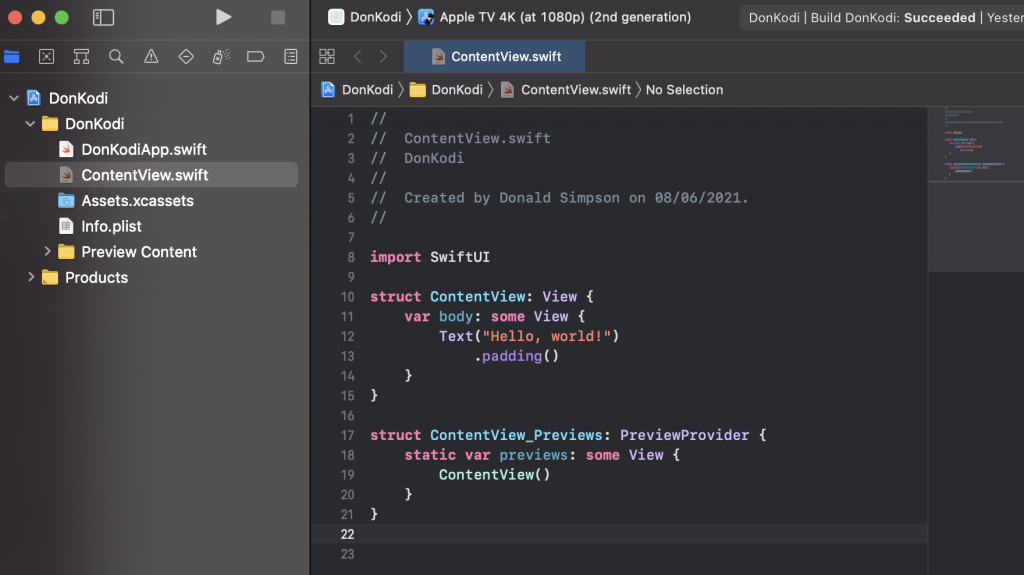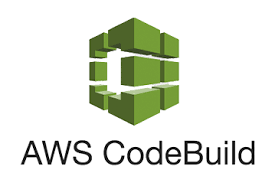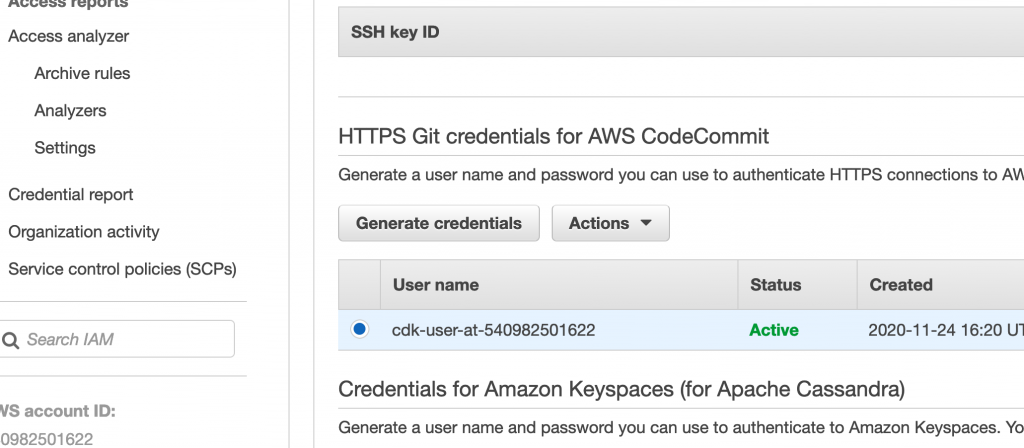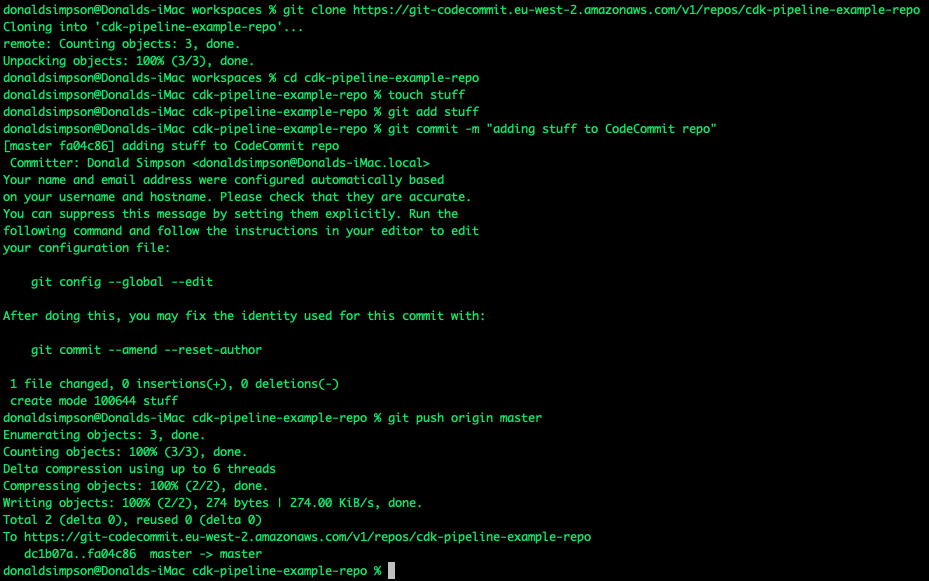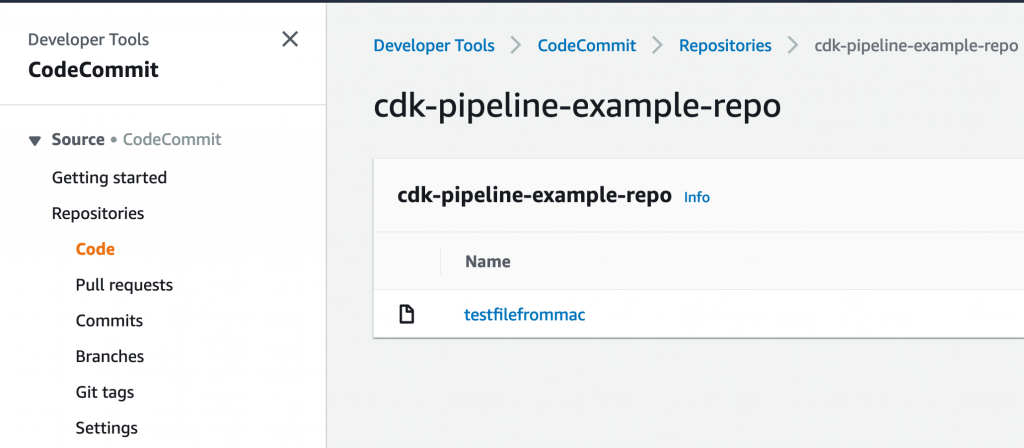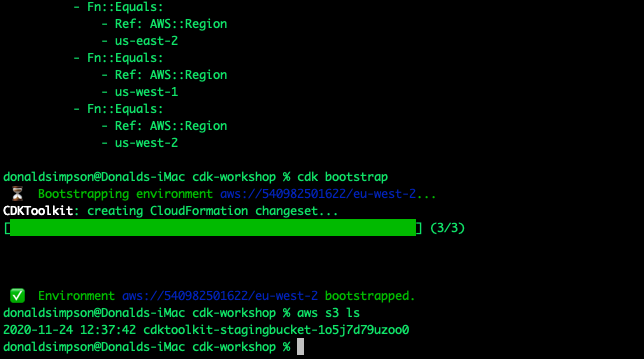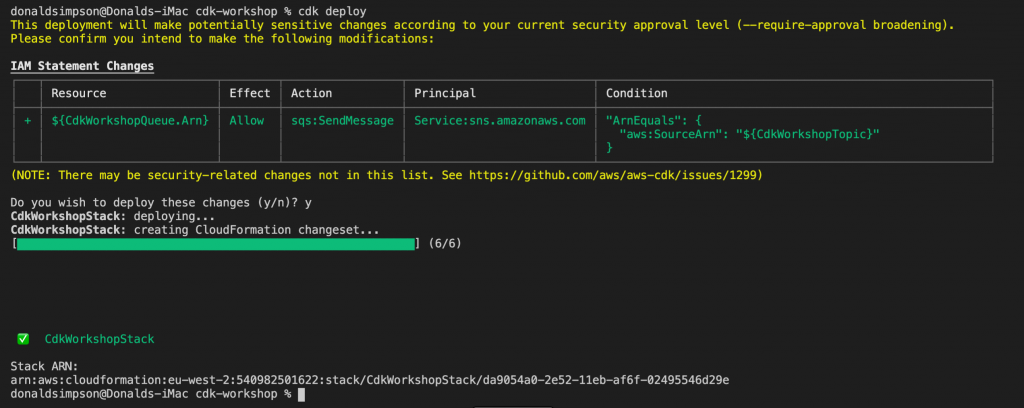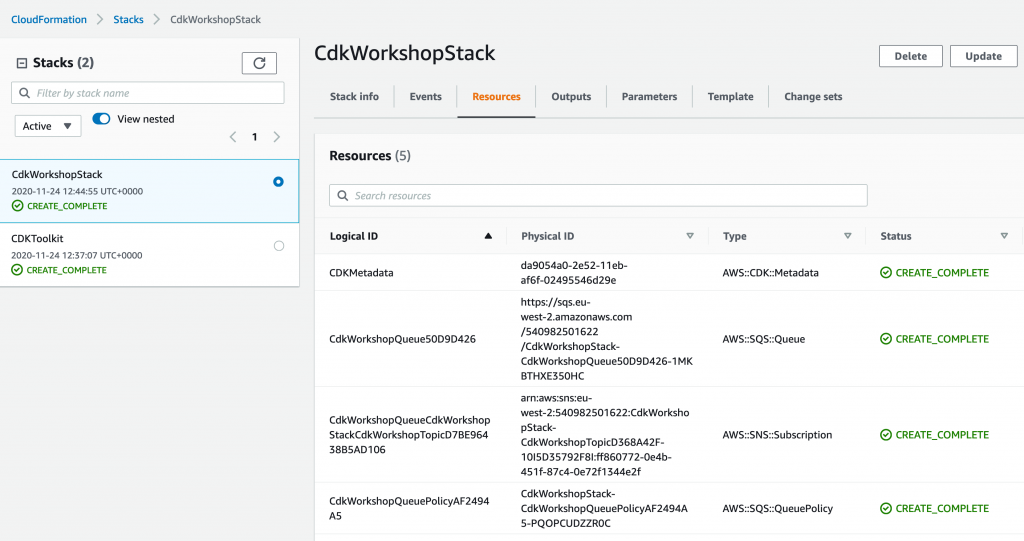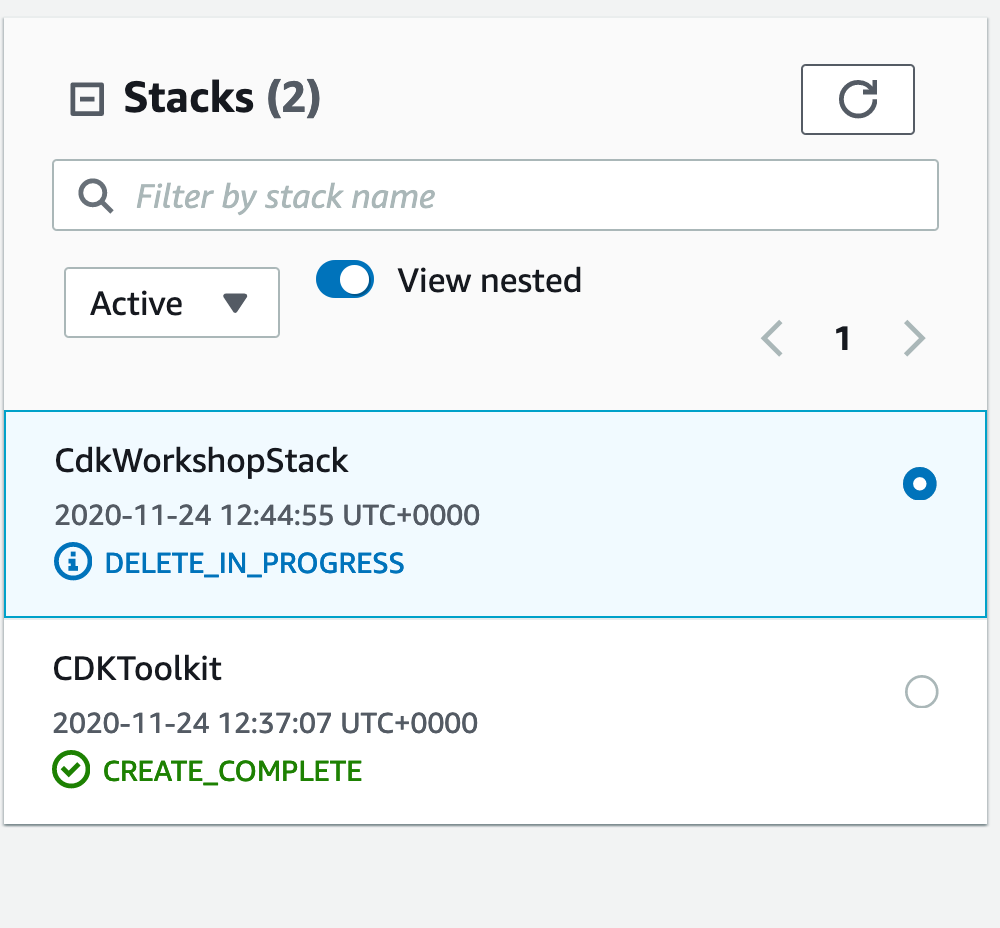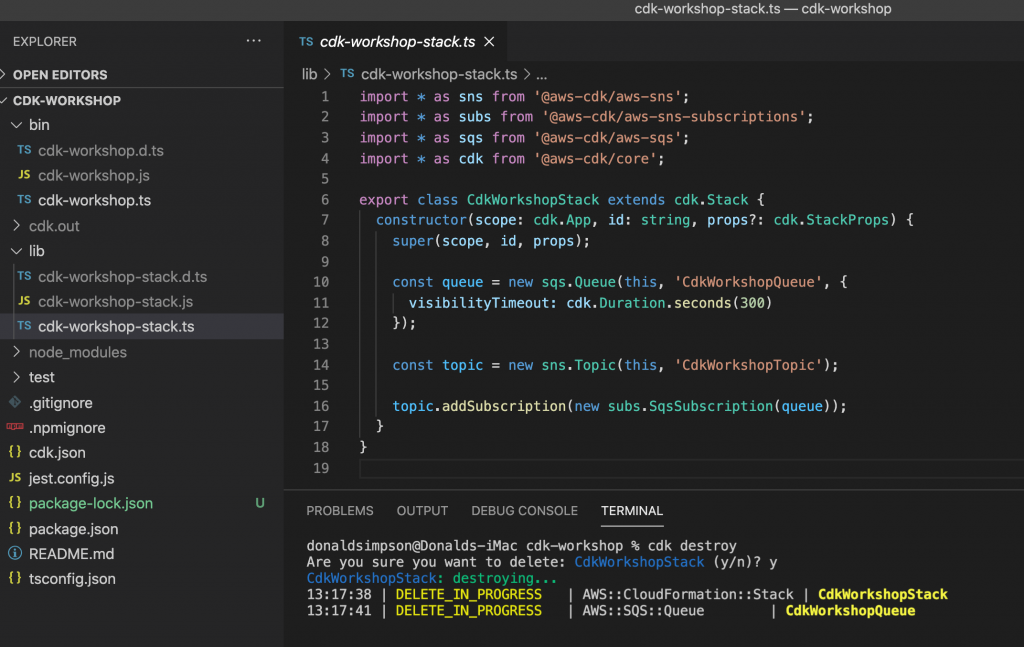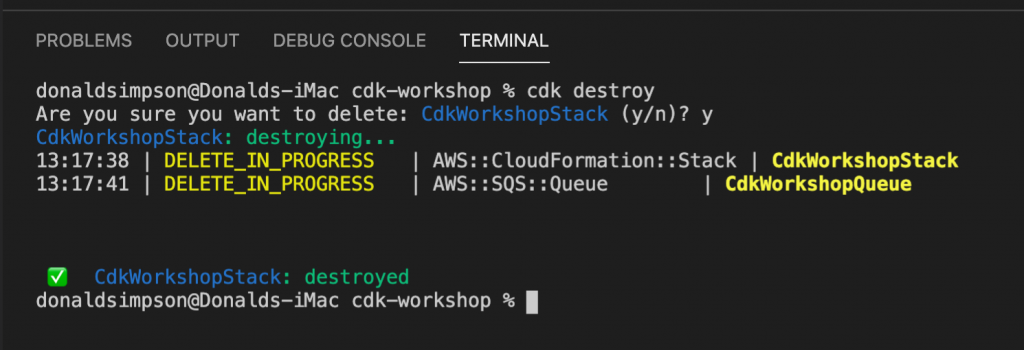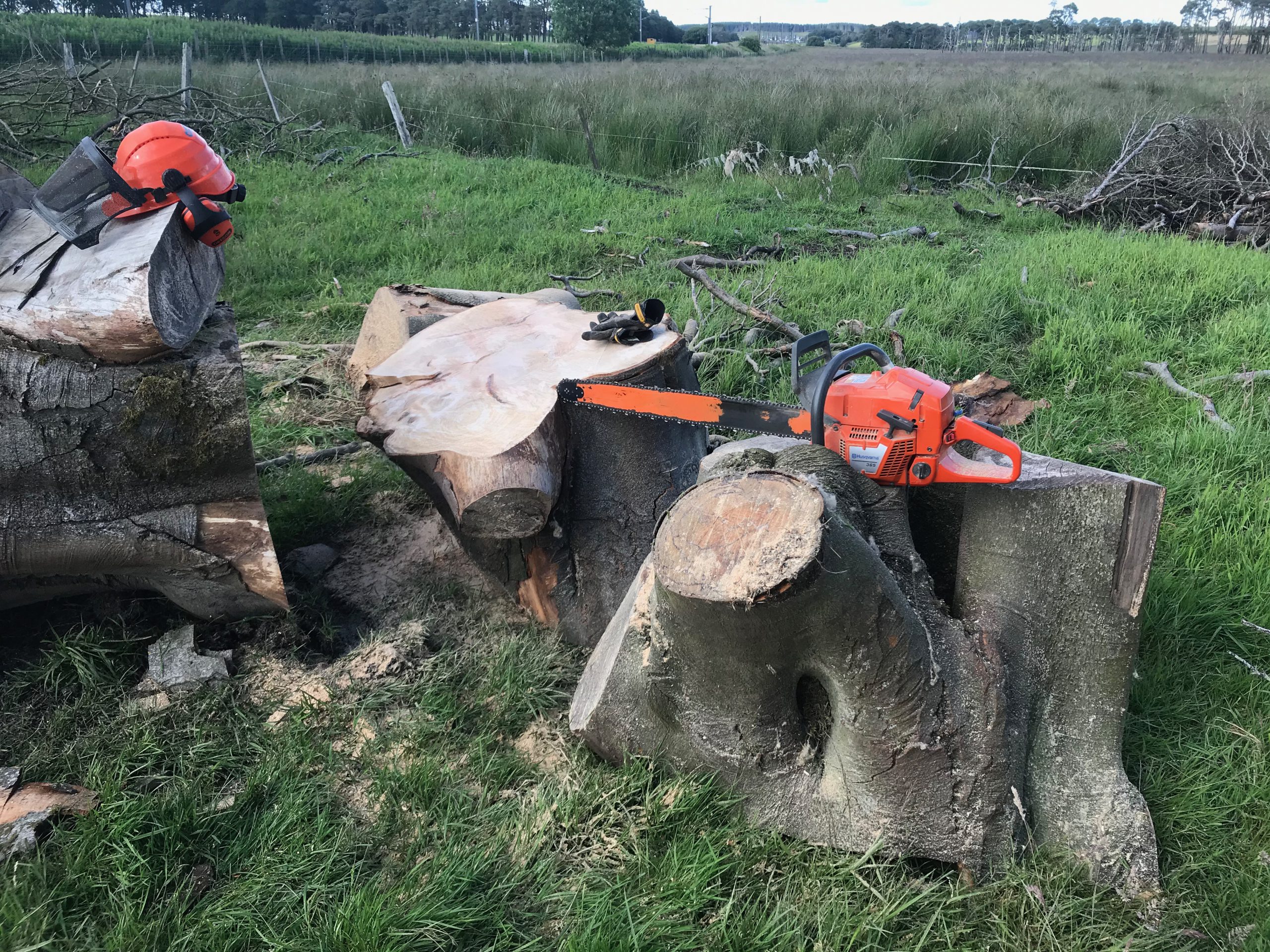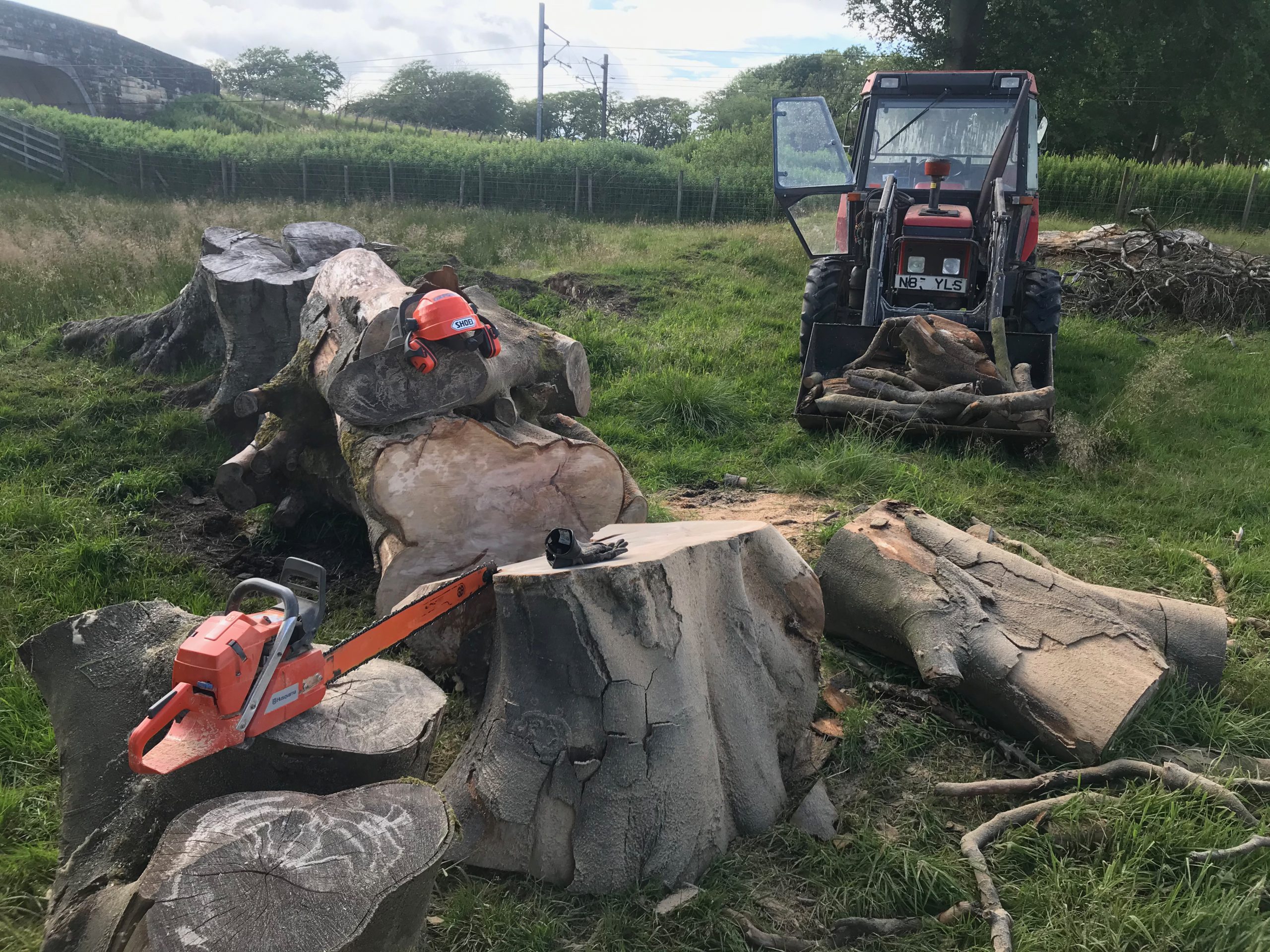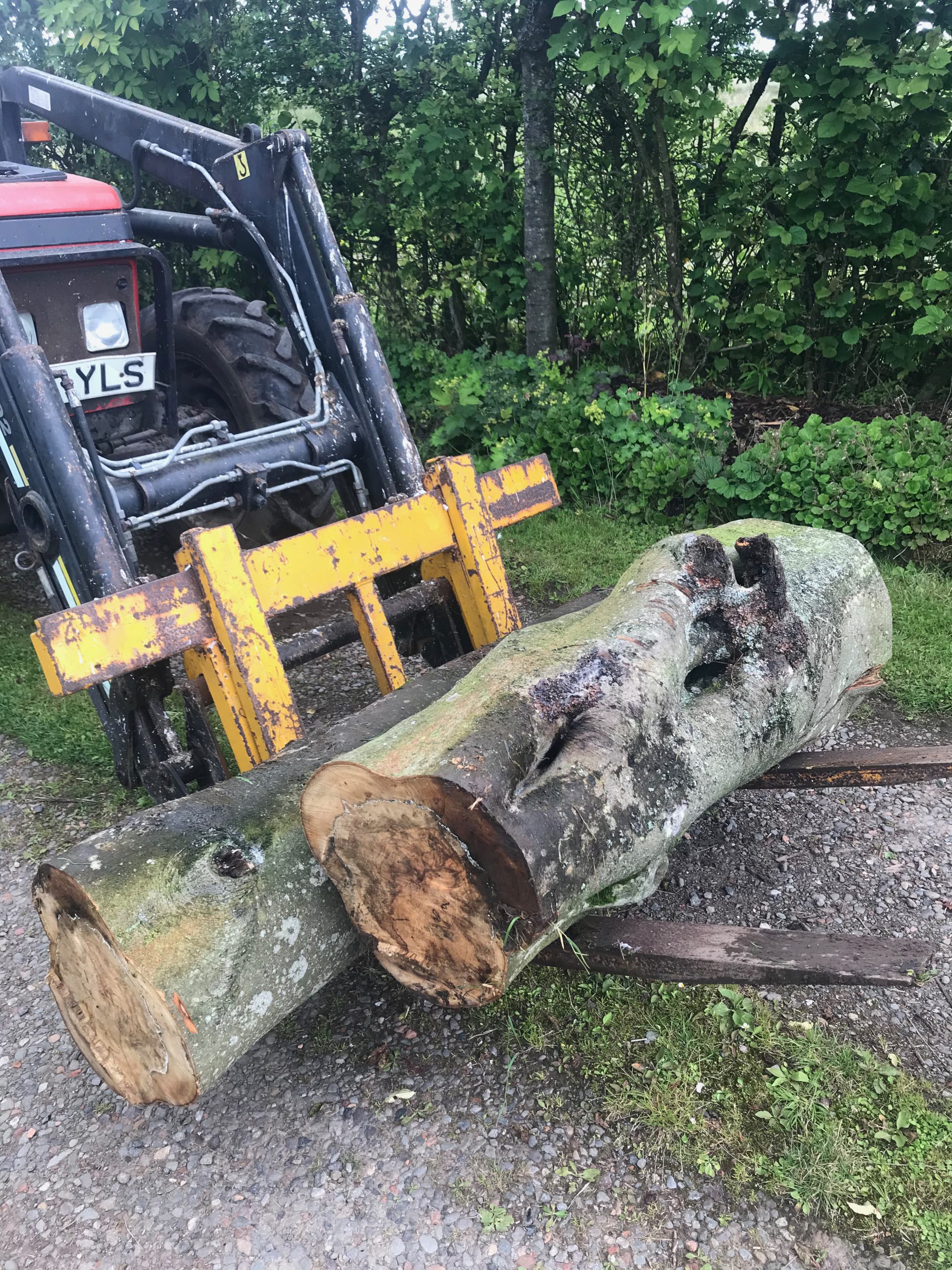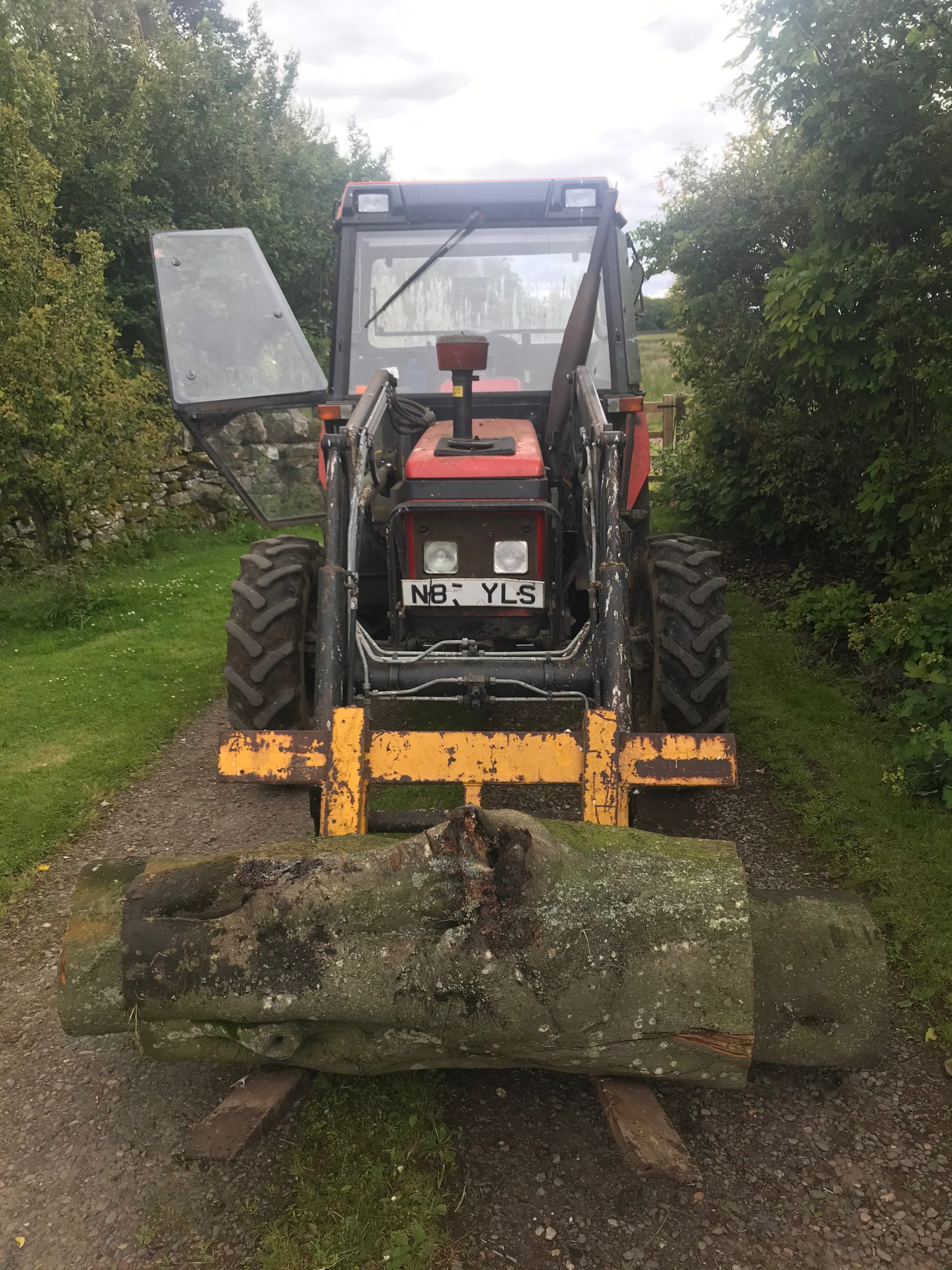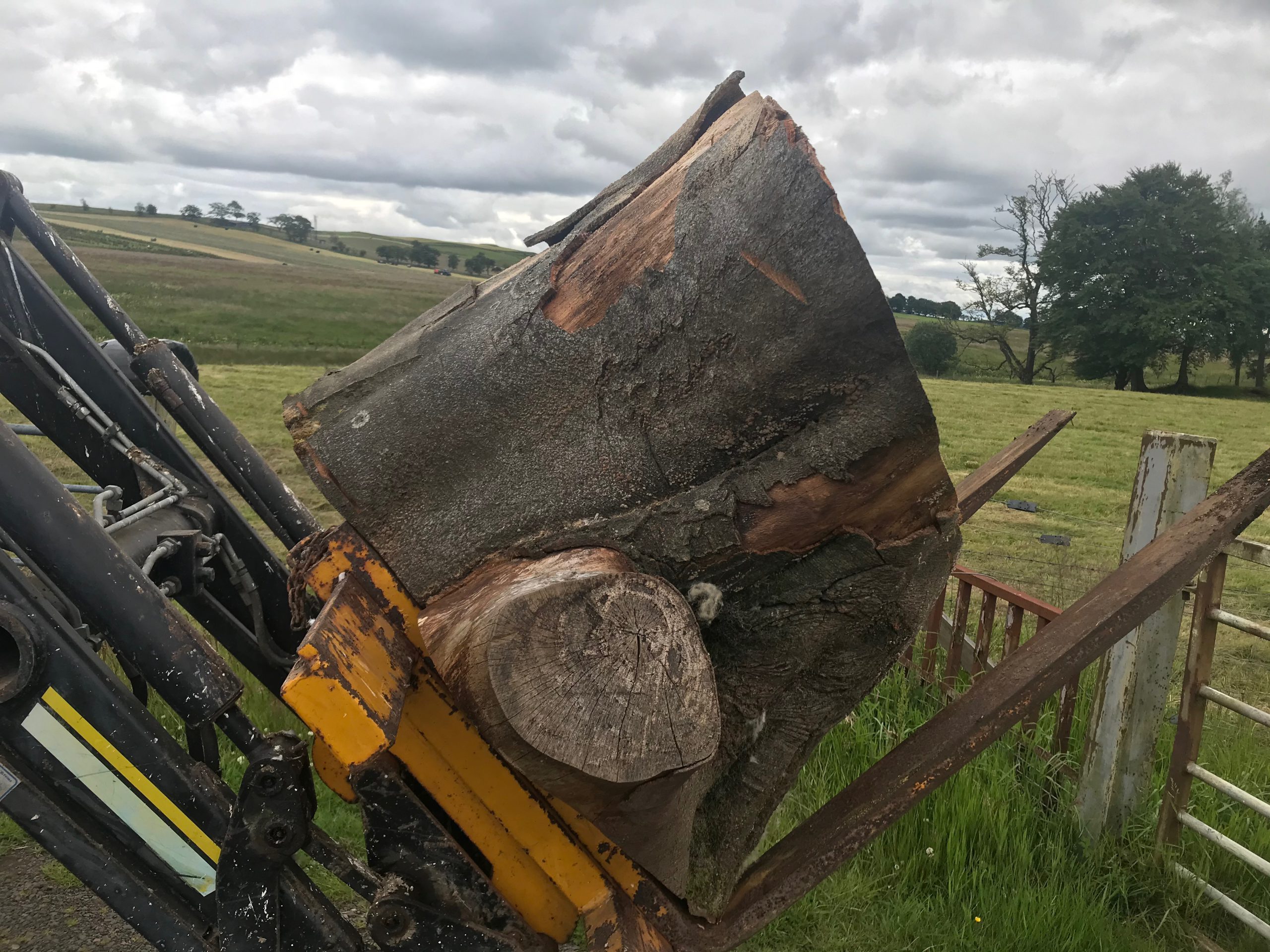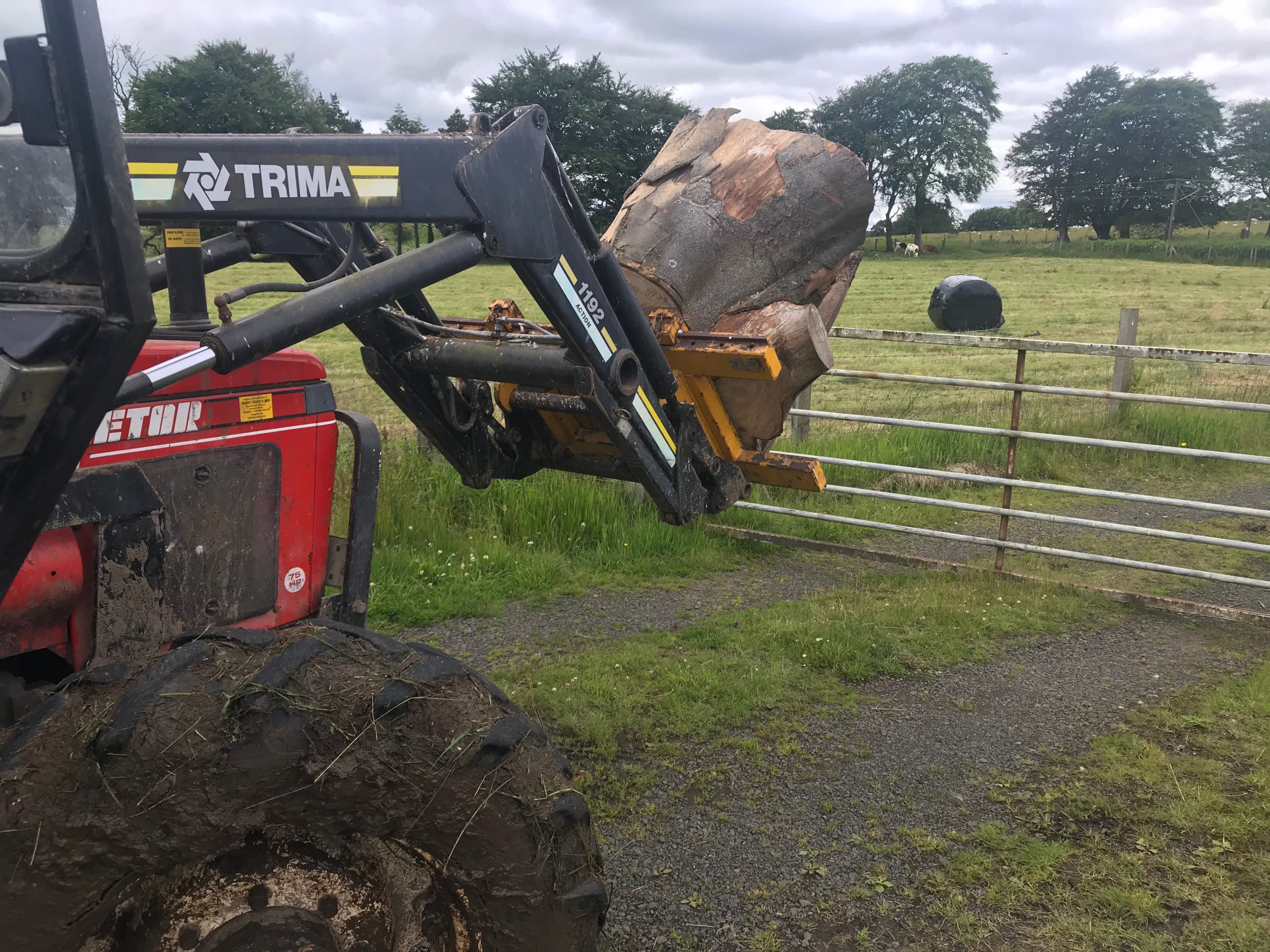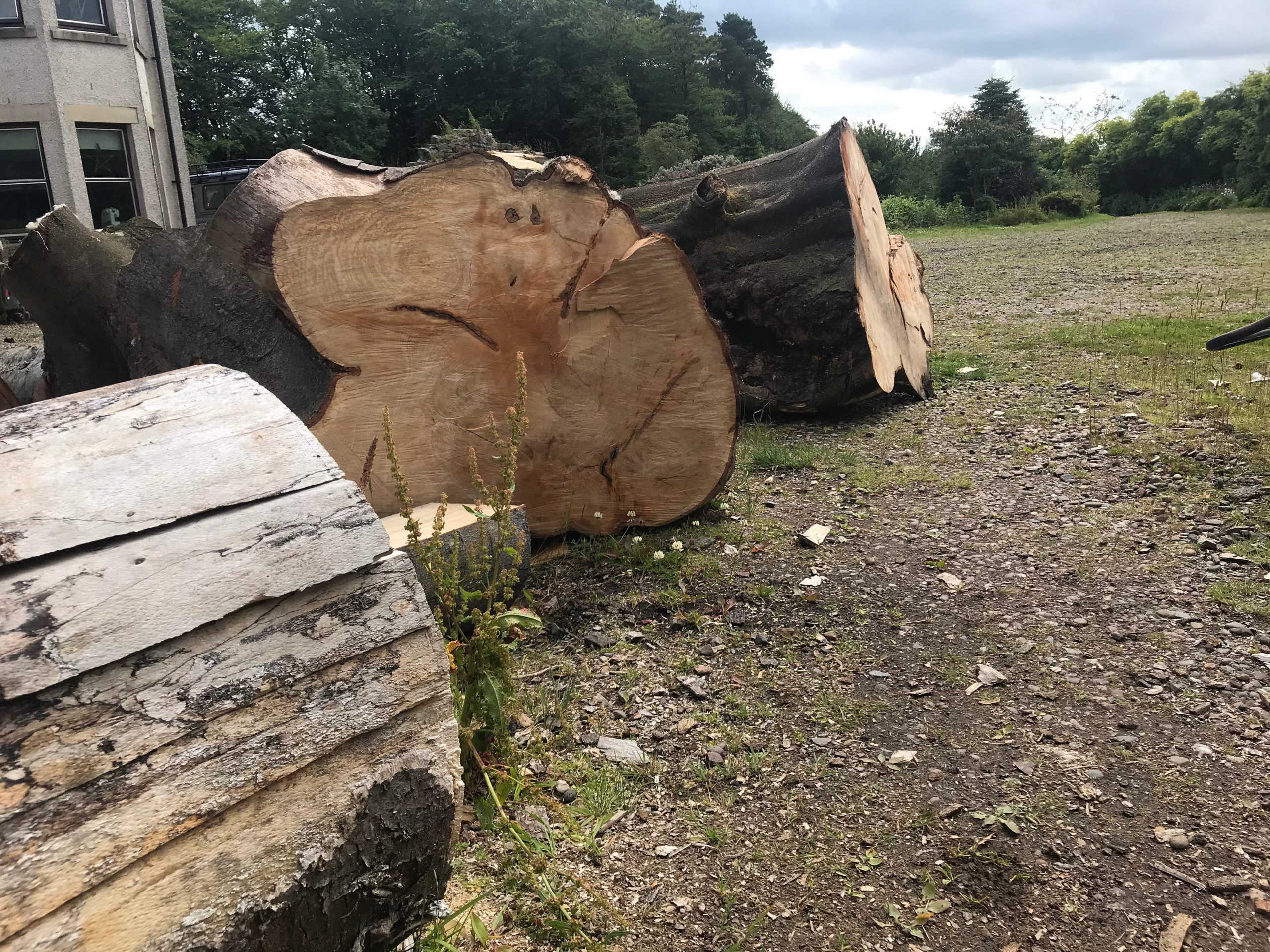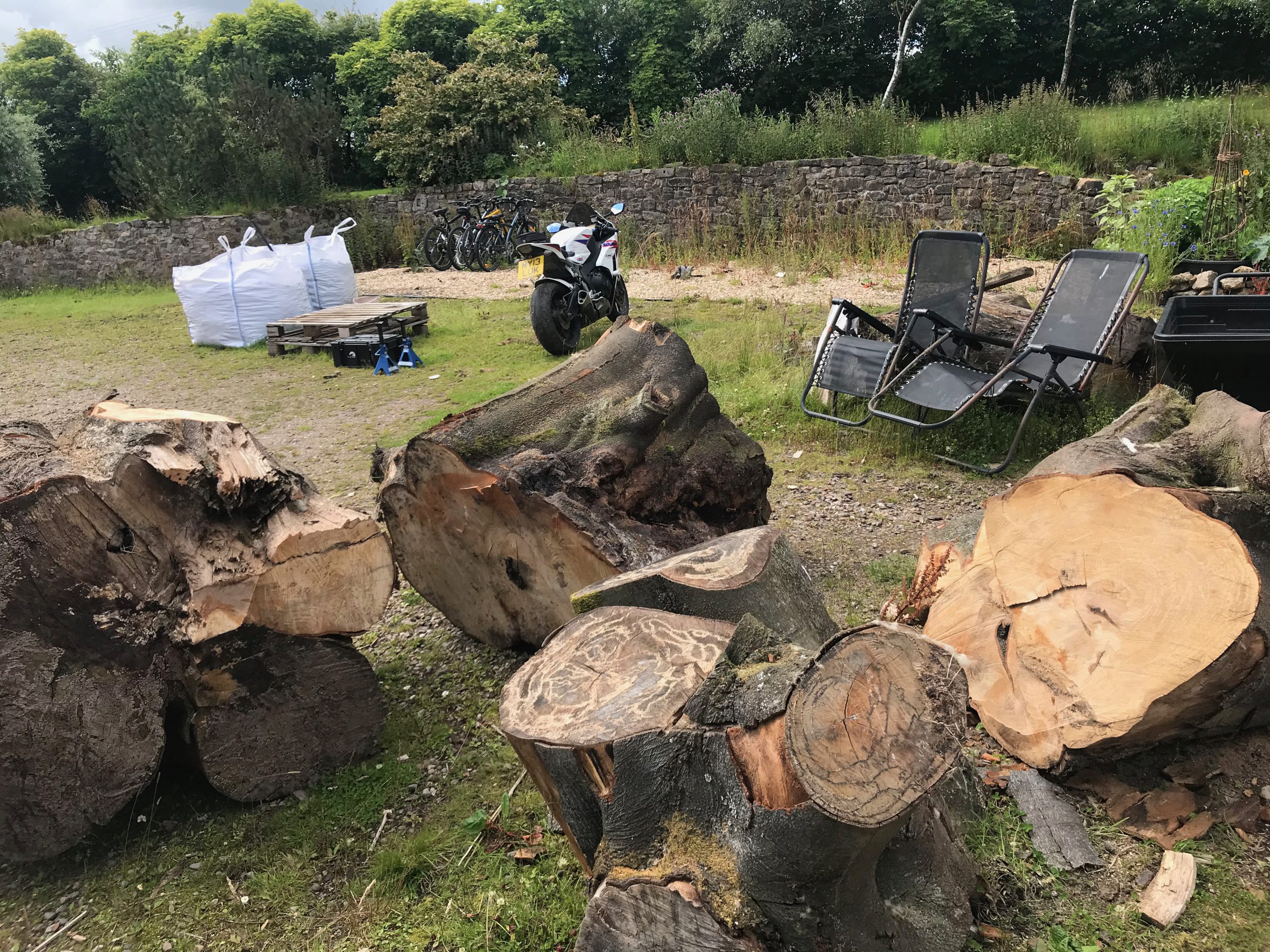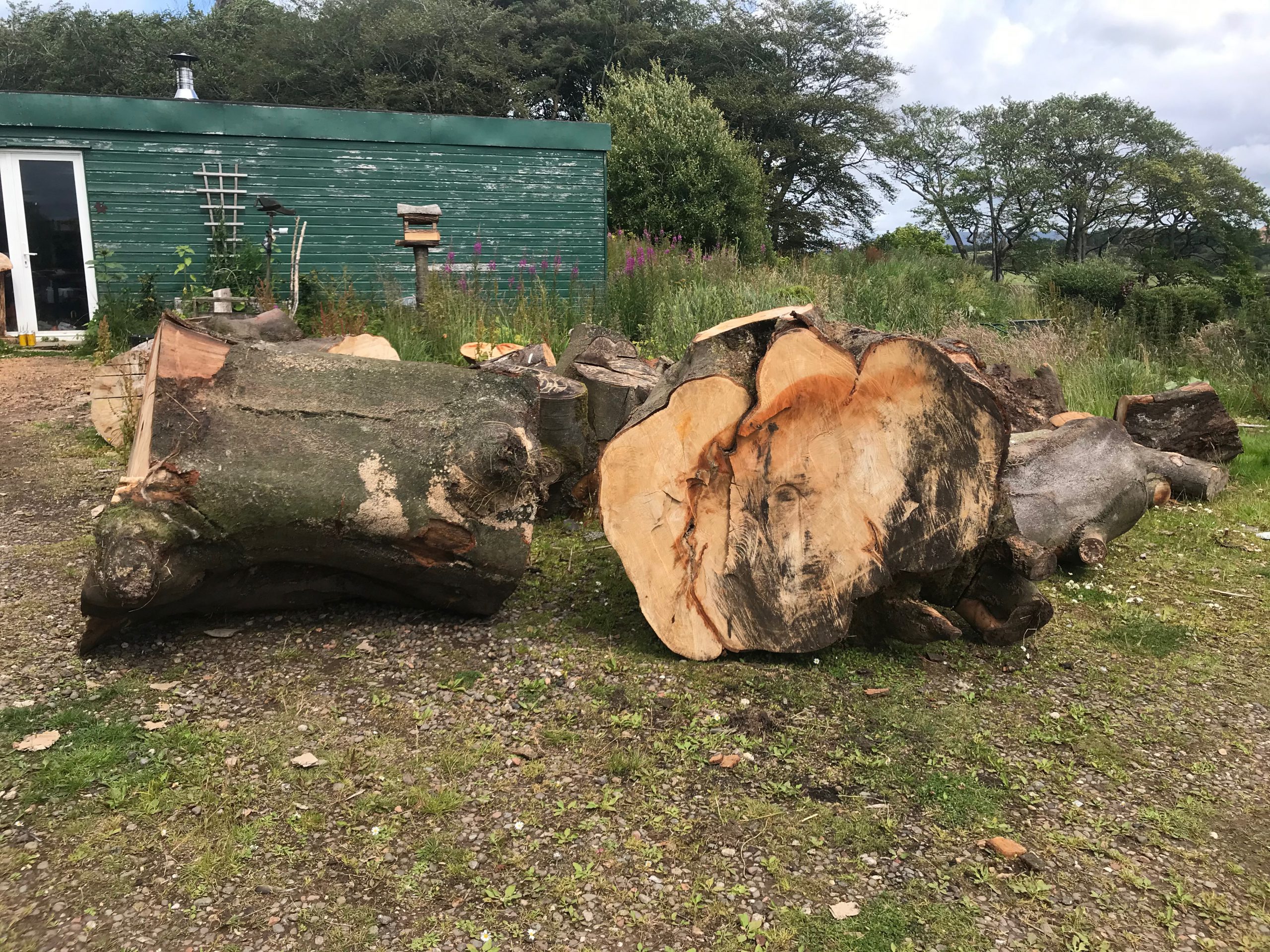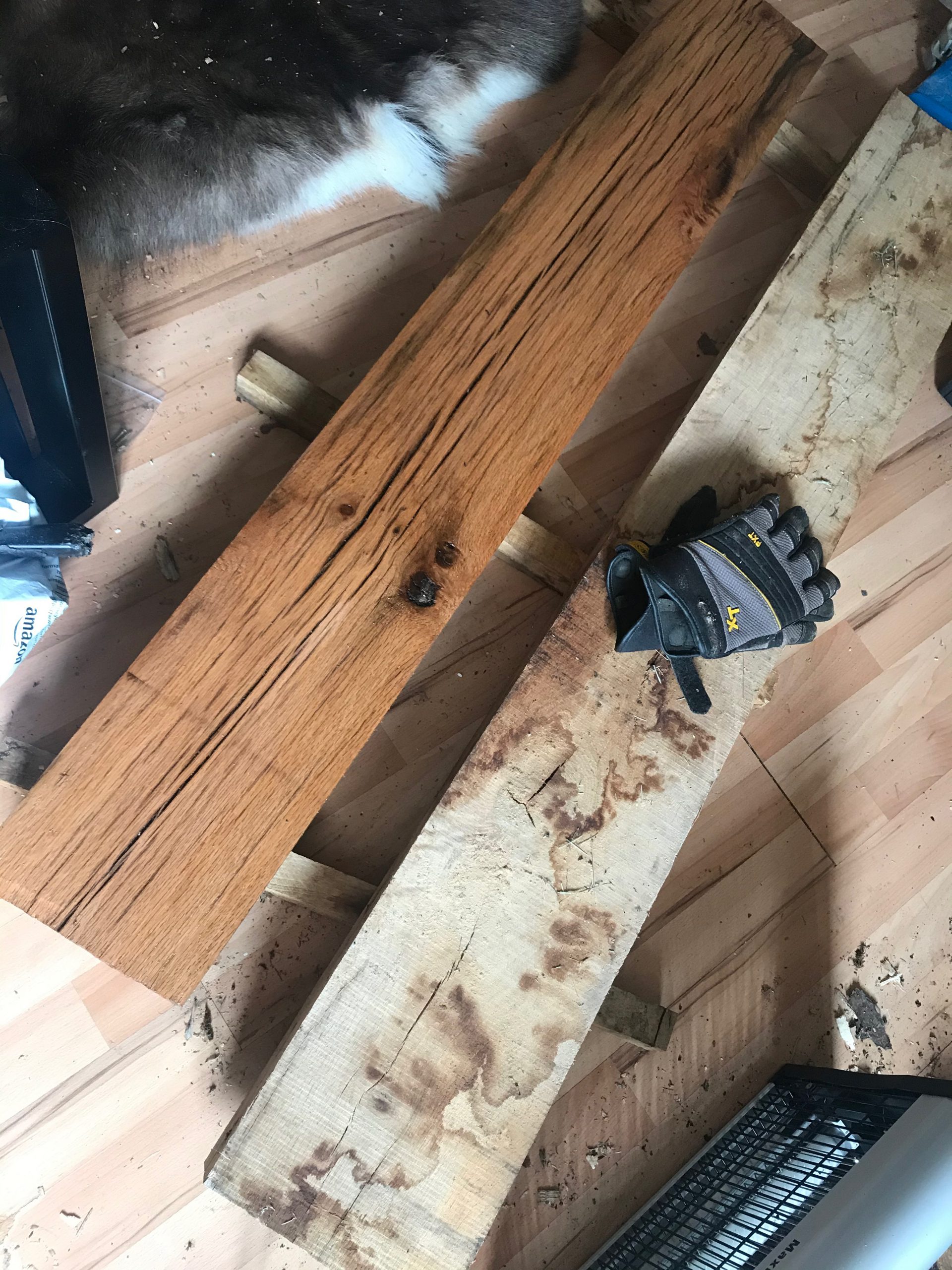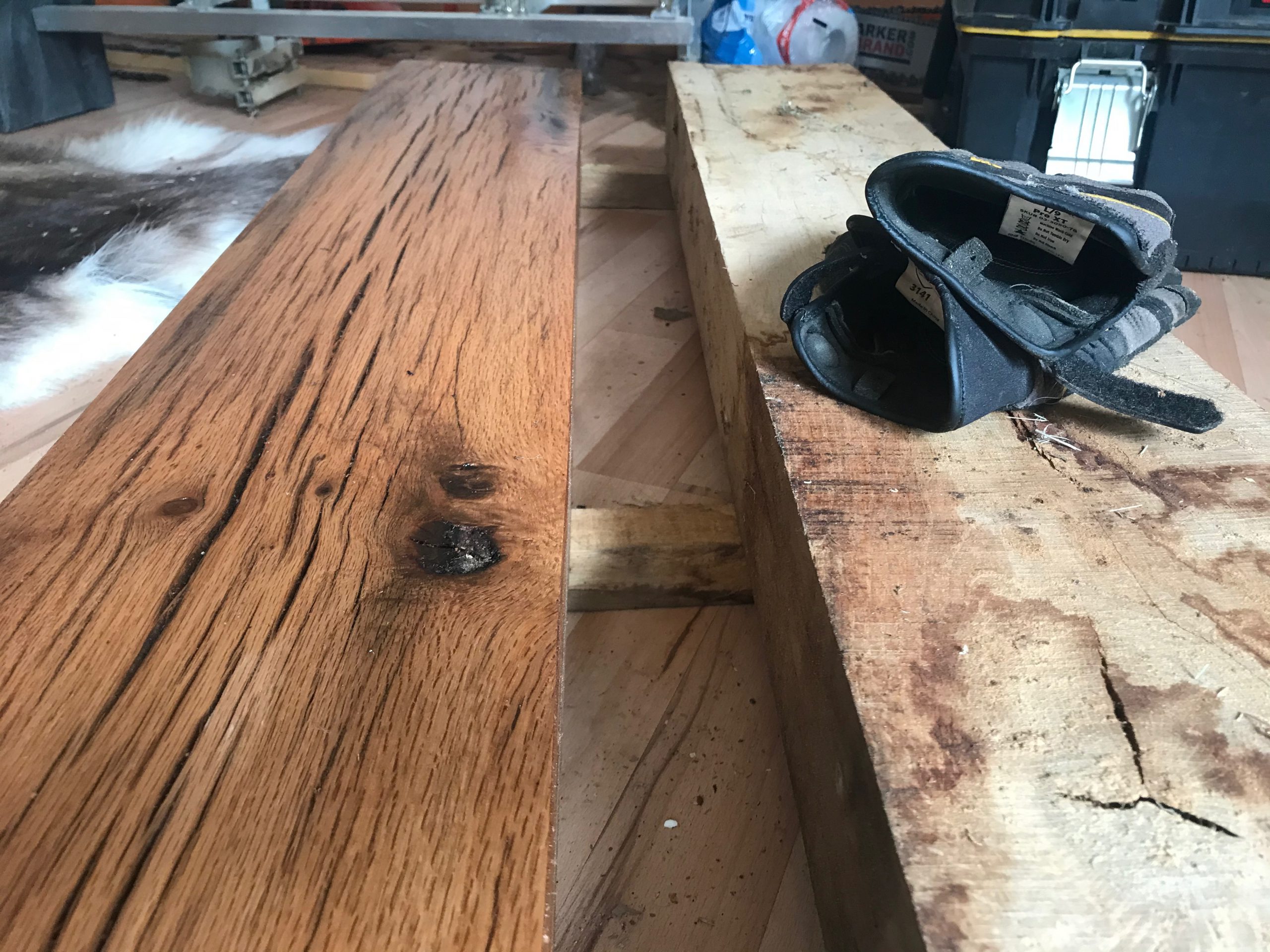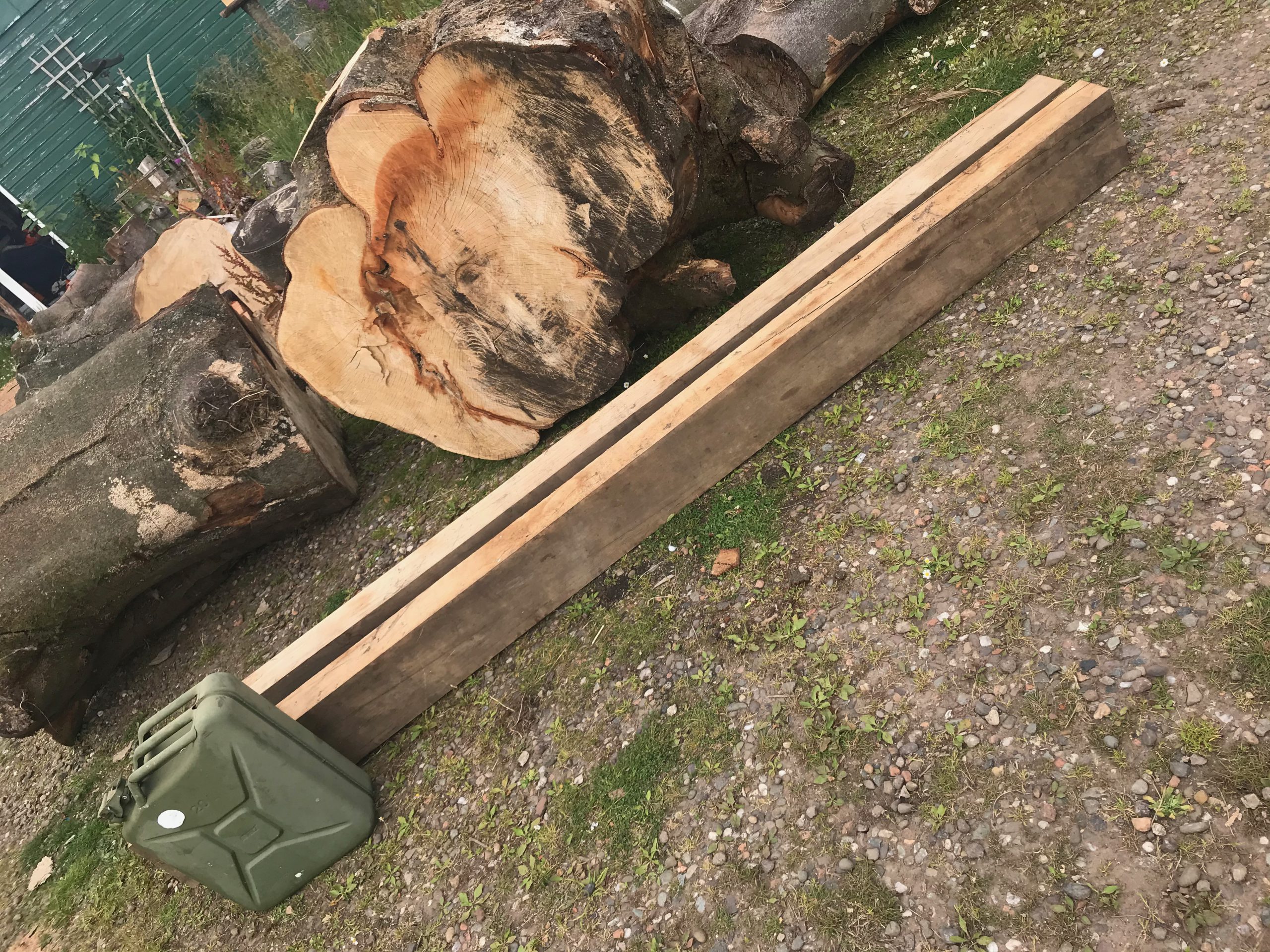Disclaimers/tips:
– unplug projector before removing the covers
– do not blame me if you try this and it doesn’t work
– don’t get any moisture on or near the bulb
– do not blame me if anything goes wrong
– if you have any better ideas, please share
– do not blame me for anything you do
I bought an “Optoma H181x Full 3D HD Projector” back in 2015, and it’s been awesome for 7 years. No issues at all, just many happy hours of HD and 3D movie & TV watching.
Recently though, it started to overheat and switch itself off after just a couple of minutes running, with the ominous message “Fan locked. Projector will switch off automatically. Please contact service centre for repair“.
Looking around online I could see it was a common problem in older projectors, usually due to dust buildup, and often sorted by either cleaning or replacing a failing fan.
I tried to clean (what I could easily access of) the fan but the blades etc were not ery dirty and it made no difference. Looking through the front vents with a torch, I could see the fan was trying to turn on startup then giving up. It’s a pretty ordinary component but taking the projector apart sounded complex and error prone (many reports of this going badly for others) and after a partial attempt I decided it wasn’t something I was comfortable or confident doing…. too many hidden clips and other fragile parts needing disconnected or removed, like the IR receiver, the switches, the zoom/focus wheel, etc.
This pic shows the top panel removed (just one captive screw on the left of the cover needs undone, then it slides left and lifts up & off easily.). Note: there’s a sensor that prevents the projector from powering on while this cover is removed.
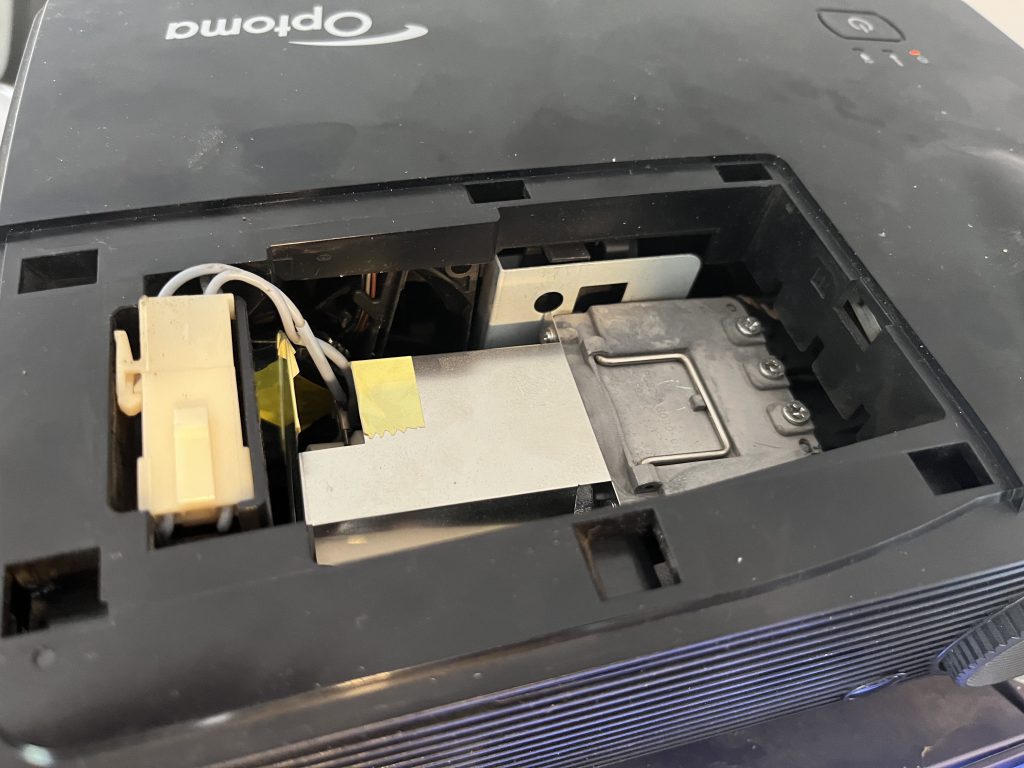
You can see the culprit fan lurking just behind that yellow tape, it cools the bulb housing. To get anywhere near it I had to disconnect the wires via the plastic molex/clip on the left, remove those three screws on the far right, then carefully lift the bulb housing out (straight upwards), using the little metal handle with one hand and guiding the heat shields/flaps past the top of the cover with the other.
With that out of the way you can now see one side of the fan, but you can’t remove it from this side – here’s a close up:
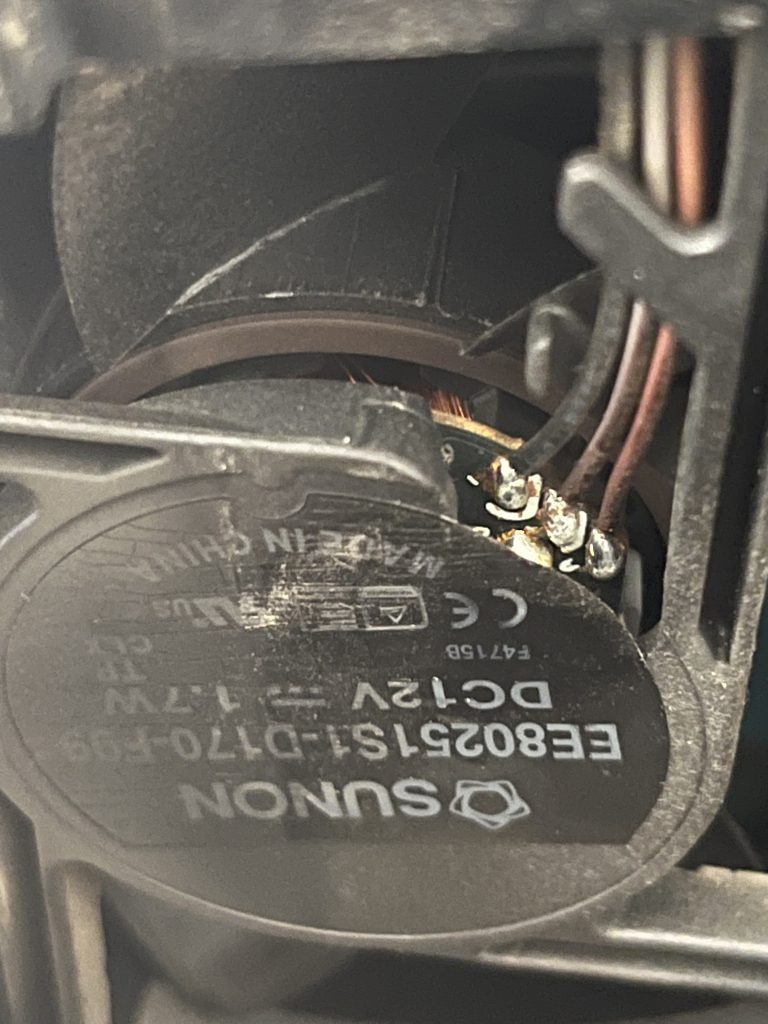
I noticed the fan blades were stiffer and harder to rotate (by hand) than they probably should be, and I knew fans like these could sometimes be cleaned and lubricated… this sounded worth a shot (given the age and cost of repair, it was looking quite like ‘new projector time’ for me otherwise), but that cover was stuck down fast….
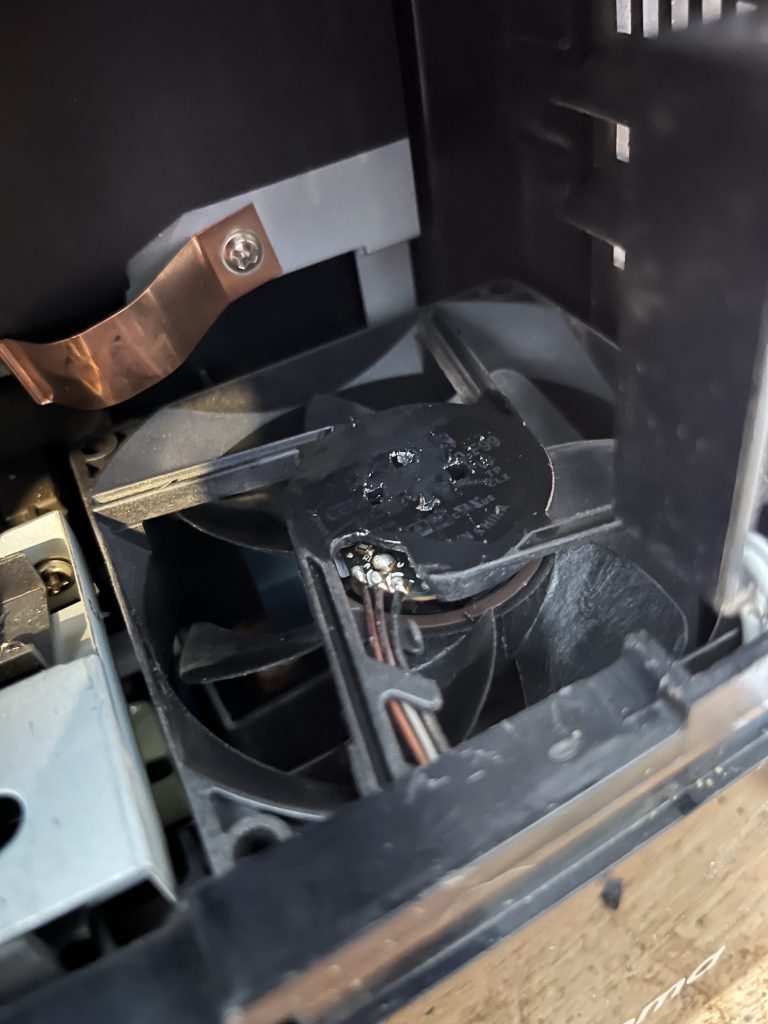
This pic shows the same side of the fan after I scraped off the cover to reveal four small holes. I then carefully placed 2-3 drops of ordinary multi-purpose oil in each hole. I let the projector stand in this position for a while, so the oil could work its way in/down, then cleaned the surface with Isopropyl Alcohol to remove any excess oil, before sticking some insulating tape back where the original label/cover had been. My projector sits up high and points downwards and I didn’t want any oil escaping…. or dripping on to the lamp. That would cause a kaboom.
I replaced the lamp housing and the cover and gave it a whirl – it’s now starting up first time no problem and running smoothly and quietly, just like it used to!
I think the placement of the fan – especially when the projector points downwards – means the fans central bearing is exposed to a lot of heat, which dries it out over time. It’s given many hours of use over the past 7 years so I’m not complaining, and hopefully I’ll get some more use out of it now.
This all took me quite a while to figure out and think through, but the actual fix was really easy and took about 10 minutes.
I thought I’d share this for anyone else facing the same issue.
Update: this projector worked ok for about 10 months after this fix then the bulb went – there were a lot of hours on it by then, and it was finally deemed to be ‘new projector time’.
Good luck, be careful,
Don


